GENEVA 2010 - GREEN SHOOTS AND GARGOYLES
Inside, once past the displays of garage equipment and car-washes, the industry’s treasure house opens wide.
A NEW ORDER TAKES SHAPE
Seasoned Geneva hands would have spotted it the moment they arrived in Hall X. Mercedes Benz and BMW were in their traditional huge pitches, but Chrysler's place, previously in the prime slot to the left of the hall entrance, adjacent to their German former stablemates, had been usurped by burgeoning Kia, with a new Sportage in prime position.
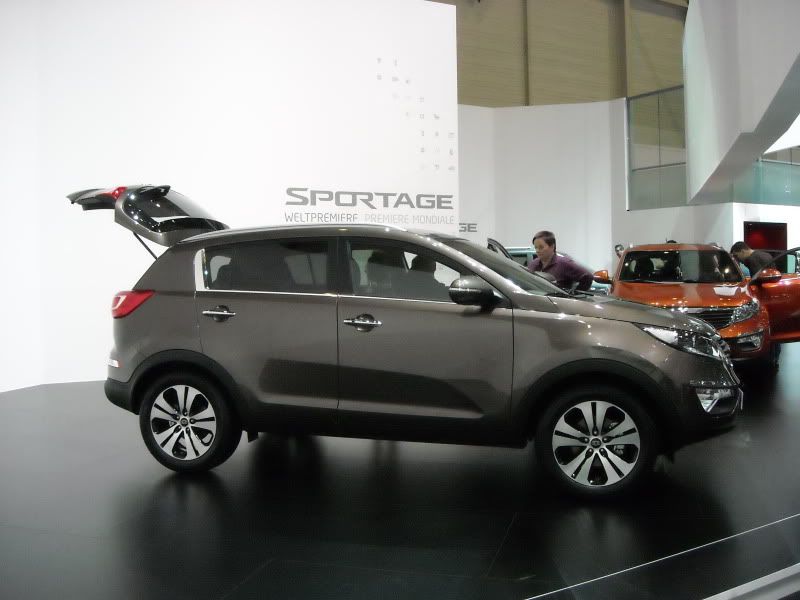
Elsewhere, juxtapositions served to mislead. The departed or soon to depart components of Ford’s sundered former empire, Volvo, Land Rover, Jaguar and Aston Martin, sat together, with Mazda close by despite Ford having sold their controlling interest in late 2008.
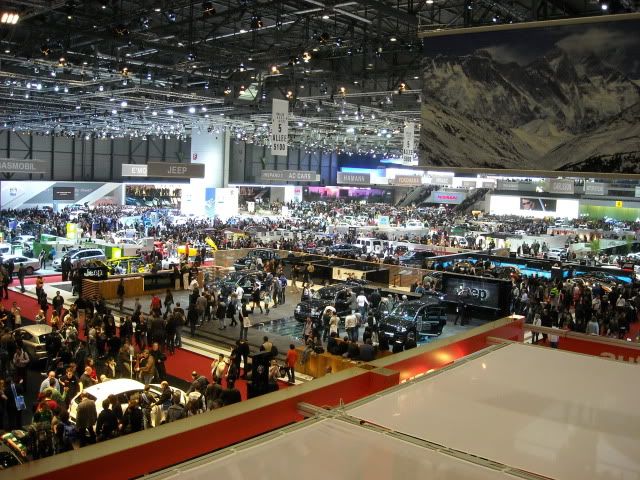
Last year I stood on the Saab stand thinking this could be the last time. Even a month ago, I seemed set to be proved right, but Saab were there, sitting in the GM expanse, most probably at GM's expense, well distant from improbable new masters Spyker's tiny stand.
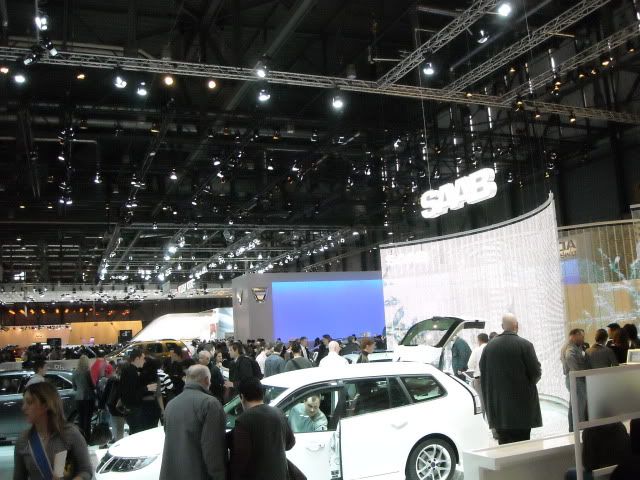
Nothing demonstrated the new order more visibly than the scattering of Chrysler, Jeep, and Dodge products amongst the rather chaotic Fiat Group stand, with Lancia and Fiat making the greatest sacrifice. Fiat only had ten vehicles on the stand, three of these commercial vehicle derivatives, and one a Suzuki. Lancia had but four, two Deltas, an Ypsilon and a Musa. I found myself wondering how the Chrysler involvement would affect Lancia’s future – Sergio Marchionne previously pronounced himself a Lancia fan, but larger considerations could sideline the marque even further towards irrelevance. At least there was no sign of the Chrysler-grilled Delta shown at Detroit.

THE RETURN OF RESTRAINED ELEGANCE
The first decade of the 21st century was one best forgotten as far as car design is concerned, characterised by wilfully ungainly proportions, awkward and contrived detailing, and spiralling growth in physical weight and roadspace occupied. There were some promising signs of a more graceful future, even in unexpected places.
Peugeot showed the SR1 concept car, a hybrid driveline two seater coupe-convertible in the Mercedes Benz SLK / BMW Z3 mould, but far more elegant than either.

This is one of these Peugeot concepts with no possibility of production. Overweight blonde haired women of advancing years, who consider such things to be the very elixir of youth and beauty, will be inconsolable.
The 5 concept, presaging the 408 is another step in the right direction.
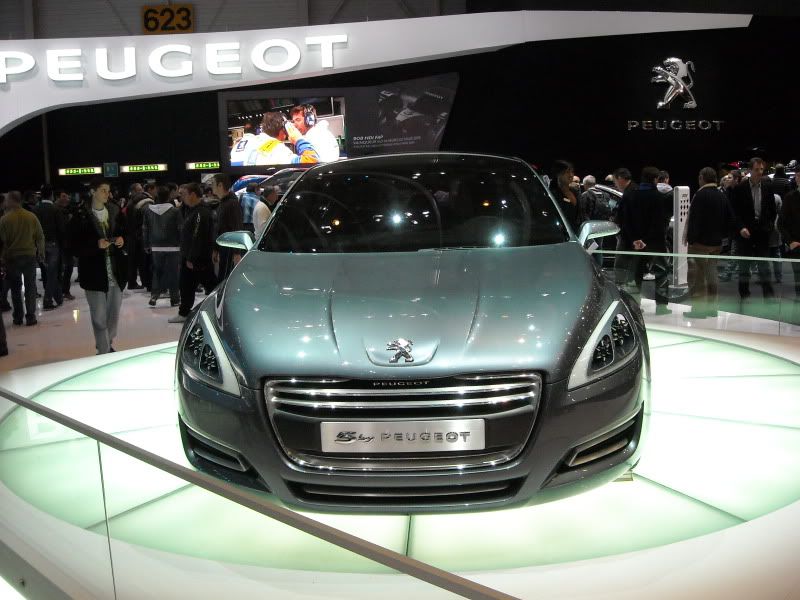
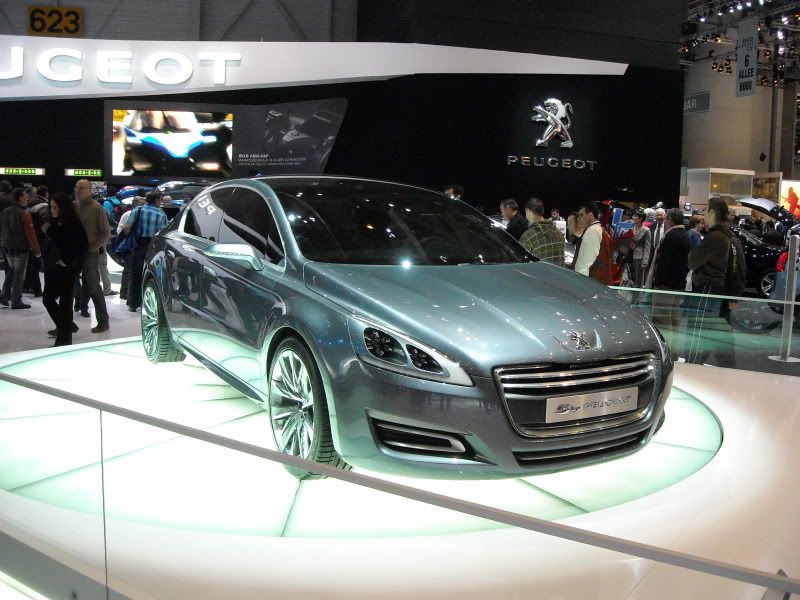

Bless the taming of the gaping maw…
Even GM were on the soignée trail, with the Flextreme GT/E – strip away the artifice and there’s real ‘70s elegance.

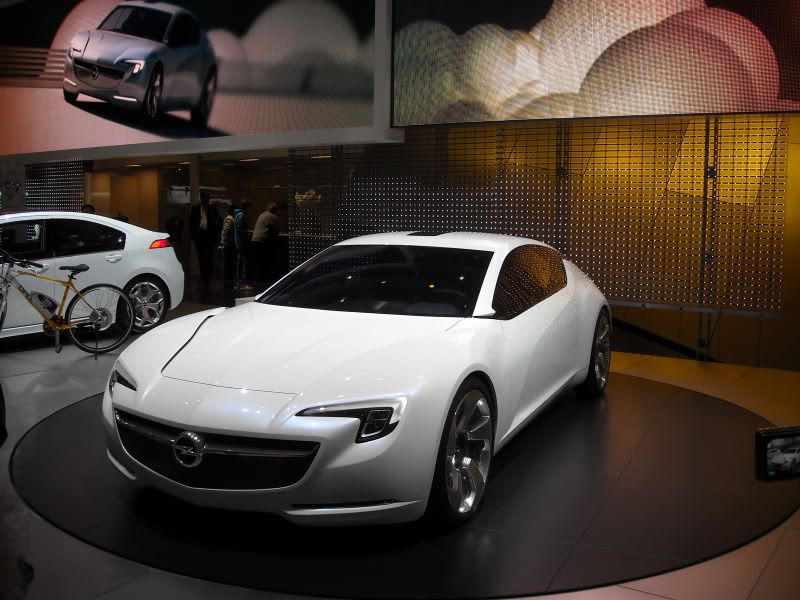
Peugeot still had plenty to be ashamed of, worst of all this electric dog’s breakfast, the BB1.2. No more, please!
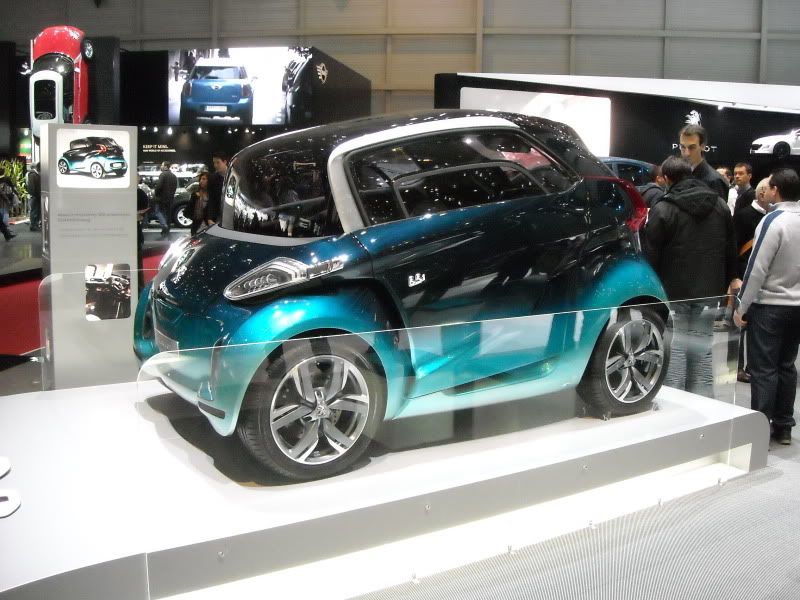
Which brings us to:
THE EMERGENCE OF THE NEW ORTHODOXY
Just about everyone had some sort of hybrid or all-electric car on show. Like it or not, the window dressing days are over, and the move to hybrid drive looks as certain as the adoption of transverse engines and front wheel drive by almost the entire industry at the end of the 1970s.
Factors such as the commoditisation of the batteries and hardware play their part, as does the cost and complexity of making engines comply with Euro VI emission regulations, but the “killer application” could be the plug-in hybrid, which can run 10-12 miles on low-tax domestic electricity before troubling the internal combustion engine.
There are matters still to be resolved, such as whether the internal combustion engine serves as prime mover, or as a range extender. The diversity of thought makes the technology all the more interesting.
On which matter, I tracked down an example of Lotus’s three cylinder 47bhp 1.2 litre engine used in the Evora hybrid, and which is being tested in a hybrid XJ6.
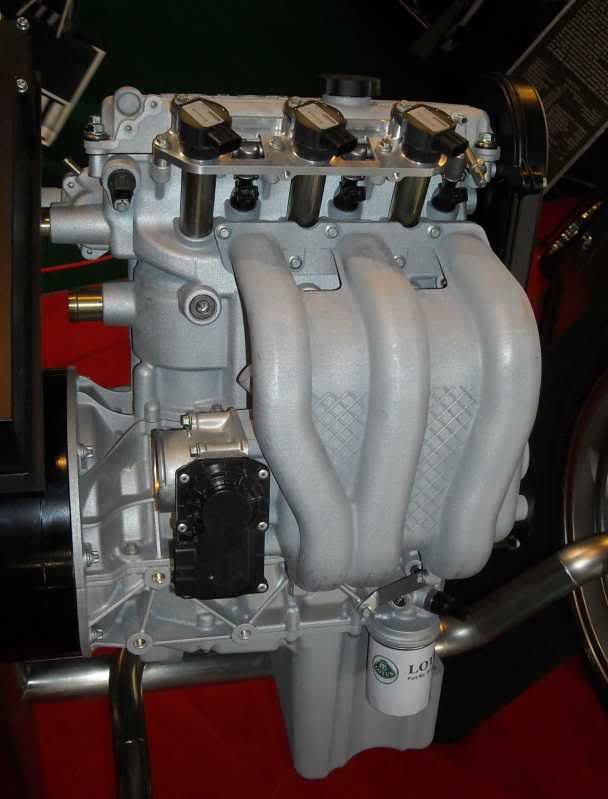
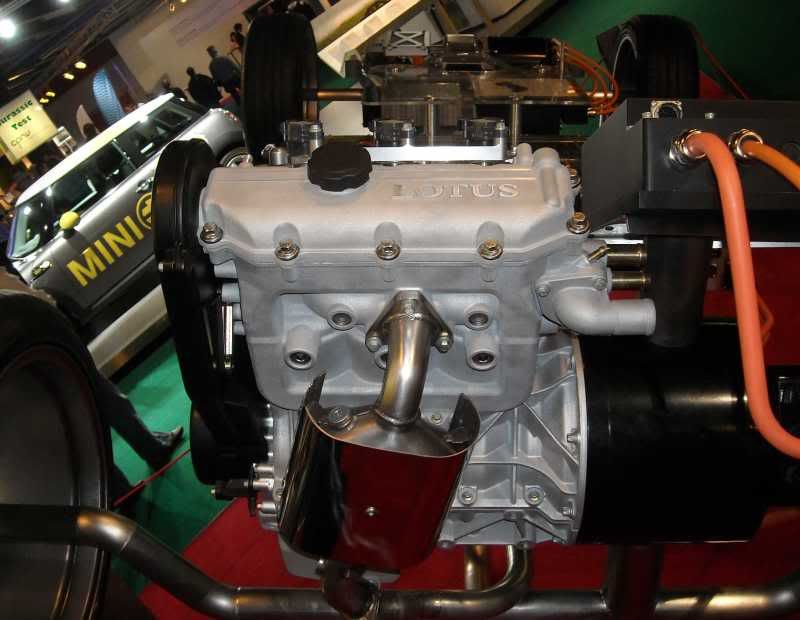
The impression is that the engine is designed to be cheap simple and light, rather than laden with witchcraft in the BMW / VW manner. Key points are all alloy monoblock construction – end HGF misery for ever – manufacture by an un-named supplier who does not presently make internal combustion engines, and optimisation for use as a hybrid range extender.
THE FIRST TIME EVER I SAW YOUR FACE
New Jaguar XJ

I’ll reserve judgement until I see it in the real world, rather than the rather artificial surroundings of a show stand – hasn’t stopped me in other cases. Sometimes there’s something of a stretched Ro80 look about it.
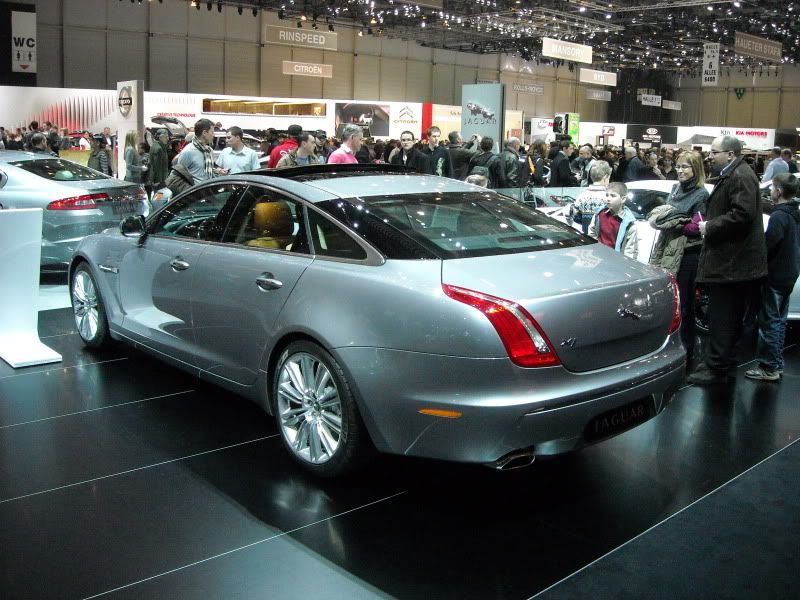
I still can’t get on with these glazed D pillars, rather like putting vinyl on an SD1’s pillars. Are Jaguar trying to distance it visually from the XF? If so, why the same, or similar, rather weak Seat Ibiza-ish headlights?
Bentley Mulsanne
No weedy lights with the Grosser Bentley, but that coke-bottle side treatment and the general proportions are put me in mind of a variety of early ‘70s American full size sedans, and leaves me yearning for its predecessor’s unique combination of gracefulness and understated brutality..
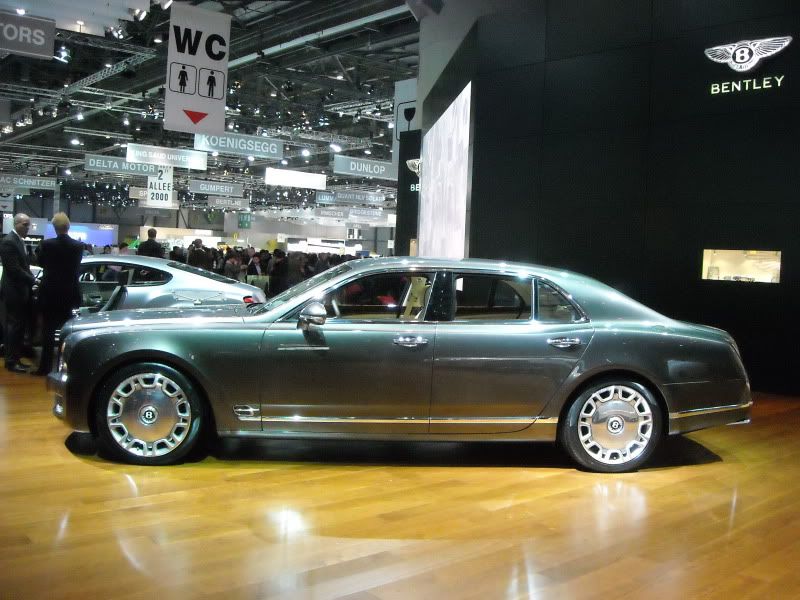
I can also report that the Aston Martin Rapide looks splendid, but rear passengers with claustrophobic tendencies should avoid. AM have also done a great job on the Cygnet, but anyone who pays £30K for a Toyota iQ should be sectioned.
DEUTSCHLAND UBER ALLES
Geneva may be in a Swiss enclave of France, where French inefficiency and Swiss joylessness collide, but the Germans treat the Salon as their home territory.
BMW, Daimler (as we must now learn to call them) and the VW Reich took up vast swathes of Palexpo real estate.
At the past two Salons, I've only given a cursory glance to the VW stand, judging them to turn out some astoundingly dull but no doubt capable vehicles, as well as bewildering horrors like the Scirocco. Not so much Das Auto, as Das langweilige Auto. The dreary line-up is largely the outcome of a policy over the last few years of trying at every turn to be Toyota. Now that Toyota themselves have lost the knack, a rethink should perhaps be in order.
The core brand had plenty new to show, a new Toerag, with a petrol hybrid option, a new Sharan, and the Amarok pick-up.
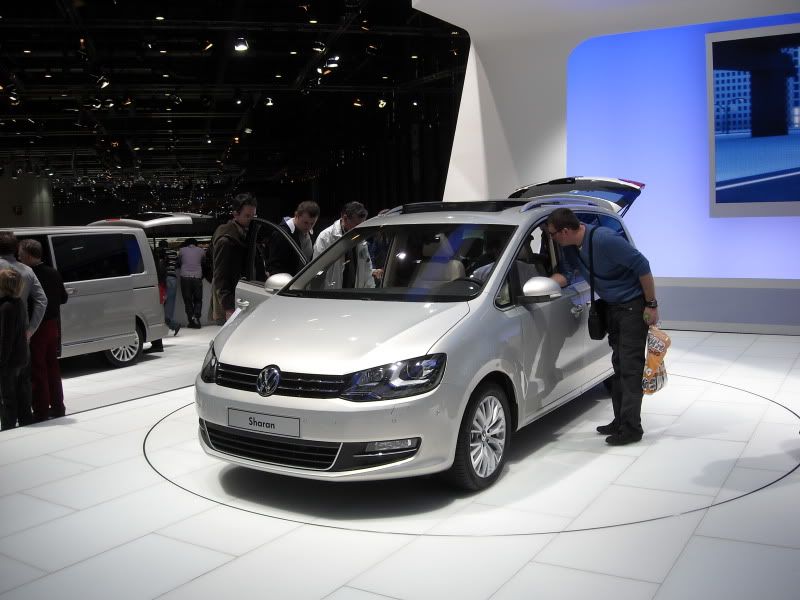
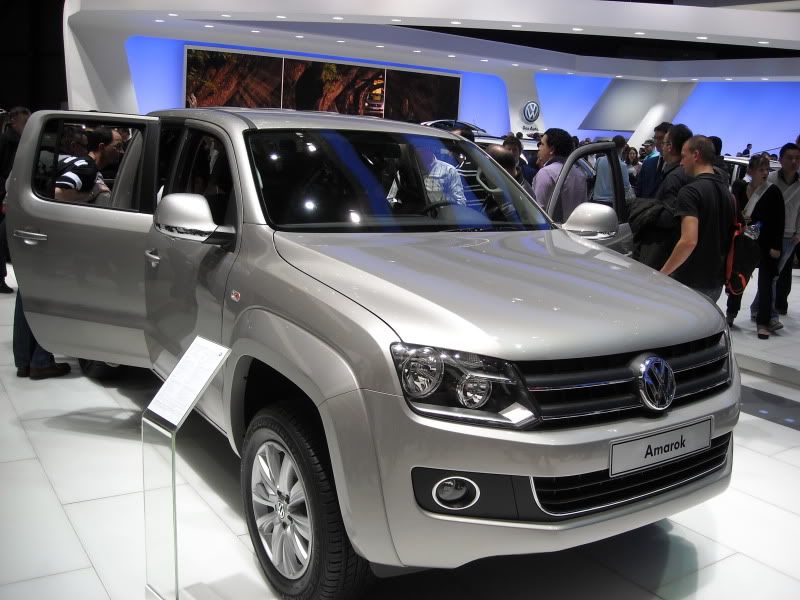
This last bears out the Toyota emulation notion, apparently bringing nothing new to the Japanese dominated party, but instead matching them for size, features and crudity of engineering in order to bring a share of the sector's profits back to Wolfsburg. A quick look below revealed the most basic of leaf sprung back axles.
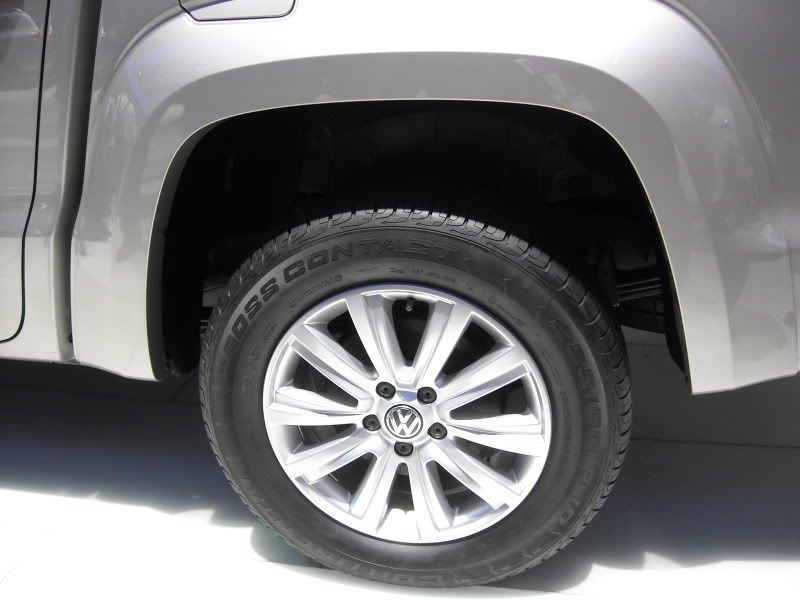

If it's good enough for the Marina, why not?
For all that it's an appealing big brute, although the most remarkable facts I could find were that European versions will use heavily boosted examples of the little VW 2 litre diesel four, and that all production comes from VW's plant in Argentina.
The new Toerag could pass for a facelift with the new corporate front end, but is a completely new design, creditably no wider and typically 200kg lighter than the first generation, despite a 40mm longer wheelbase. The big engineering news is the 3.3 litre supercharged petrol hybrid, with 375bhp available from both systems operating in tandem.
Of course we could be looking at another example of Lexus emulation, I'm more inclined to see the offering of a hybrid option as an indication of the foreboding which manufacturers have for the Euro 6 diesel emissions standards to come into force in 2014, which could make diesel engines so expensive and complex that they may only be a viable option for high mileage commercial vehicles.
Elsewhere I have passed acerbic comment on the Audi A1, but having been alerted to the revival of the Wankel rotary engine in a VW group product some credit is surely due. In this case the engine for the A1 e-tron is a tiny 254cc single chamber example under the boot floor, serving as a range extender for a electric powertrain up front. Technologies are always at their most intriguing when they are still far from mature.
Large numbers of show visitors found the new Sharan and Toerag far more interesting than I did, making photography all but impossible.
Hear are some from the model car display.

And the only evidence of the far more interesting Up!
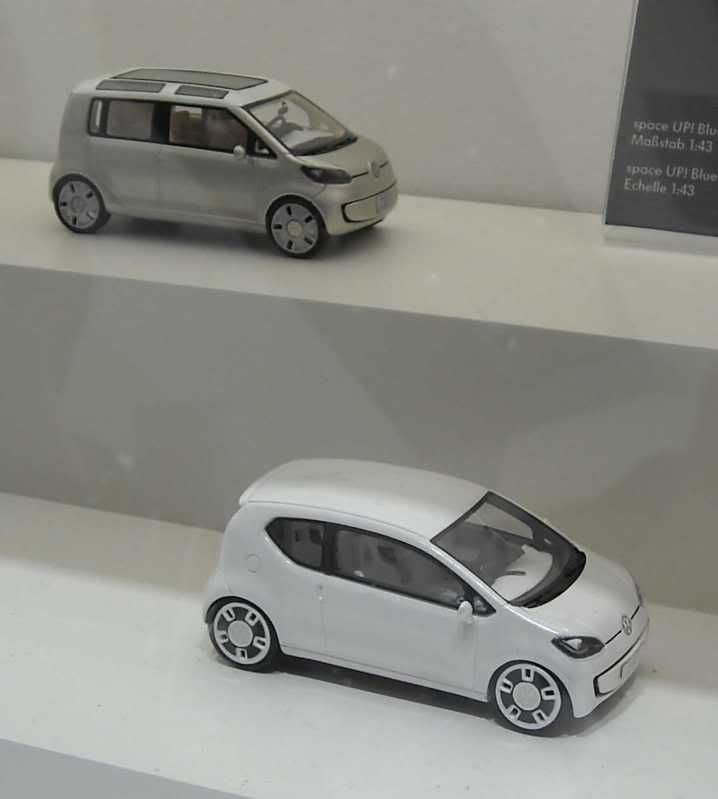
BMW / MINI
The new 5 Series was the star of the BMW stand, whether it is better looking than its Bangle era predecessor is a moot point. The E60 was the best looking of a bad lot, the F10 tends toward disappointing blandness in the manner of the current 3 Series, and is cursed with the same horrible, needlessly aggressive, snout as the poor little X1. There are encouraging signs of a move away from engineering complexity, an example being single turbochargers doing a better job than two previously did. There’s also a rumour that tight cost controls have brought the manufacturing price of the 5 Series close to that of the current 3 Series.
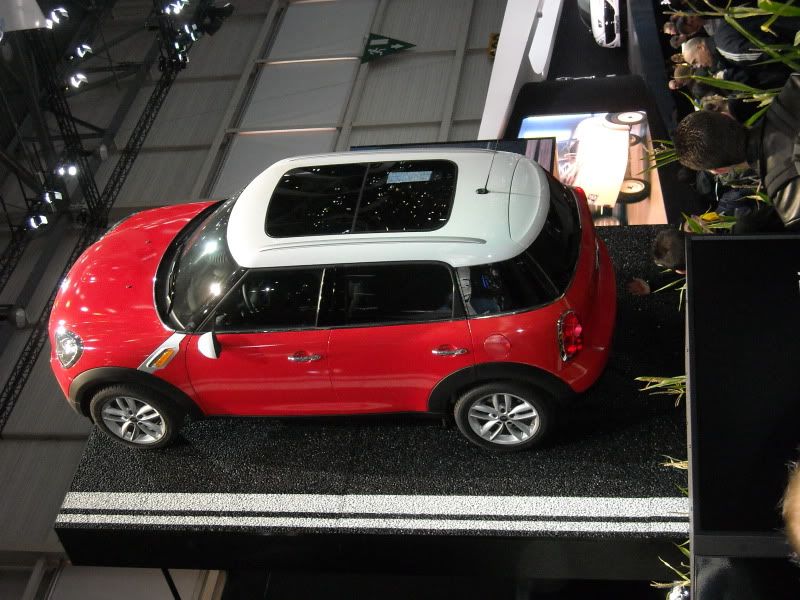
Perhaps of more interest to the readership is the MINI Countryman. In the metal it’s not as awful as some imagined, with the MINI visual signifiers intact. Perhaps I had a secret wish that BMW would have the guts to do an ADO16 impostor.
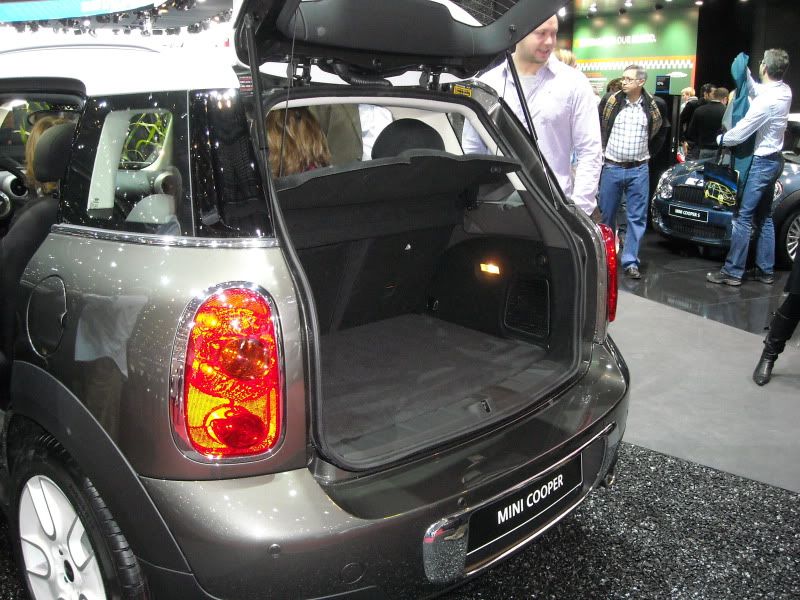
The harshest criticism of the newcomer is its general uselessness as a family car, with scarcely more interior space than the three-door MINI, and a woefully small boot. Also, only the need to keep the flame of MINI-lust alive with a constant stream of fashion objects can justify selling the even less Clubman alongside the Countryman.
DAIMLER
Only one car aroused my interest on the Mercedes Benz stand.- the F800 Style concept, described as a ‘modular platform’, capable of accommodating plug-in hybrid, hydrogen fuel cell and even internal combustion powertrains.

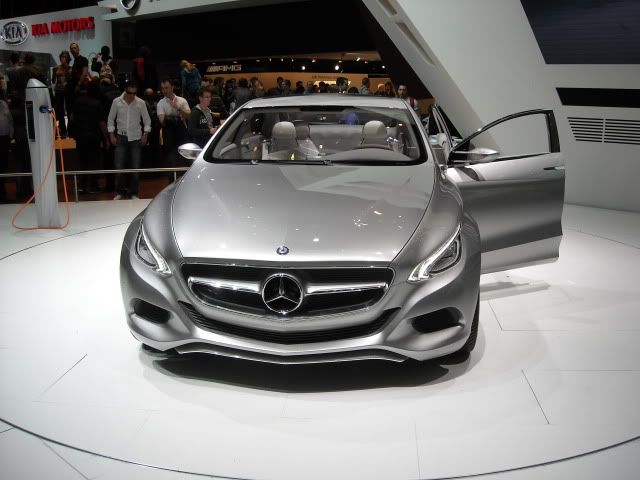
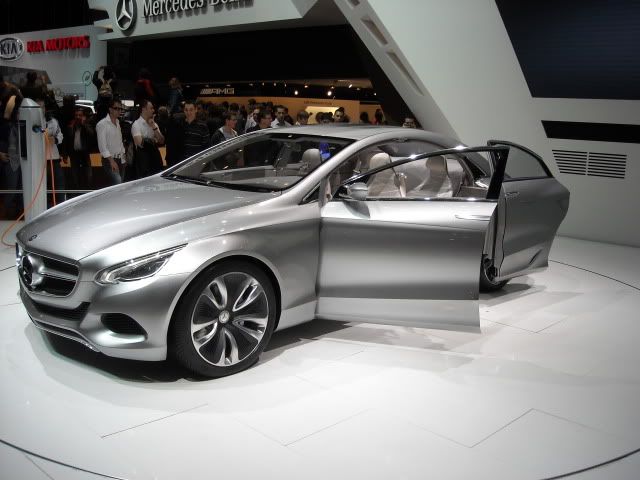
It hasn’t quite escaped gargoylery, but did hedging one’s bets ever look so good?
TOYOTA
The only signs of ritual humiliation on the Toyota / Lexus stand was the discreet promotion of a four year warranty and free servicing. The Auris Hybrid, to be built at Burnaston, featured in prime position, with the Prius lurking in the background.


The FT-86 Sports concept had its first European airing, a rwd flat-four engined Celica successor based on the Subaru Impreza platform, providing welcome relief from all the low carbon seriousness.

The Urban Cruiser, meanwhile, was no less pointless than it was last year.
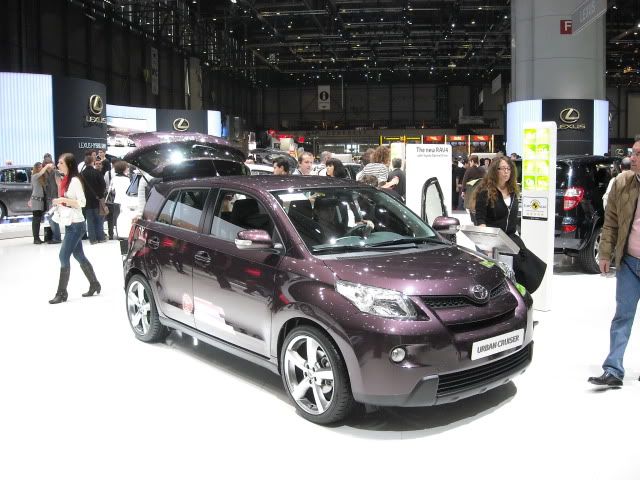
Lexus launched the hybrid only CT200h, with a Prius related powertrain in a new front-drive platform.

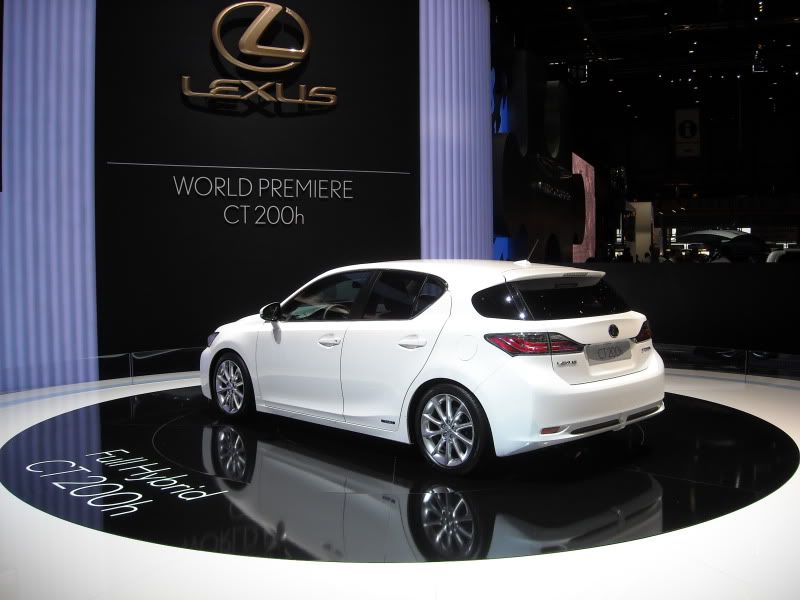
Beguiling good looks are not one of its strengths, it seems to have been deliberately shortened in the cause of differentiation from the only slightly more expensive IS. The wide track gives the CT something of a “landcrab” look, so perhaps we’ll grow to love it in time.
FORD
The new Focus was probably the most significant premier at Geneva this year.
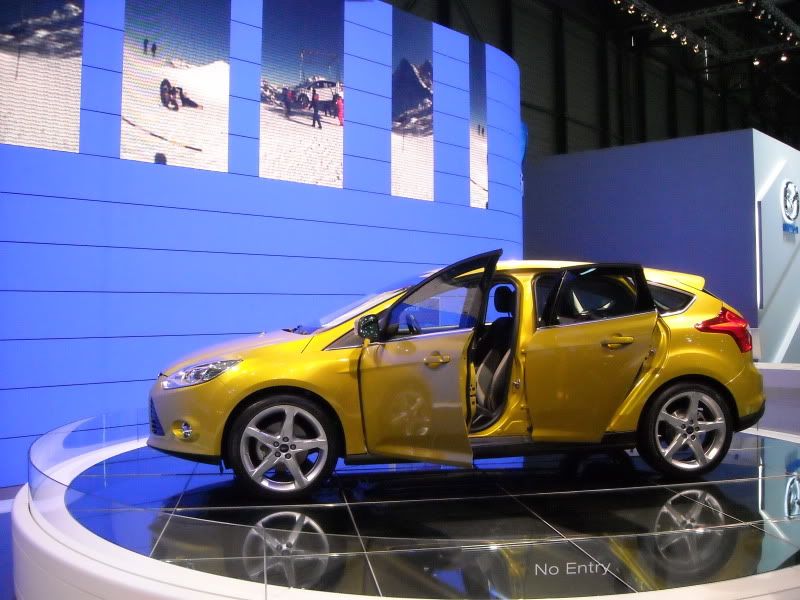
Ford, know what they are doing in this sector far better than their rivals, but the “grown-up Fiesta” styling was disappointingly predictable to anyone expecting a repeat of the first generation’s tour de force.
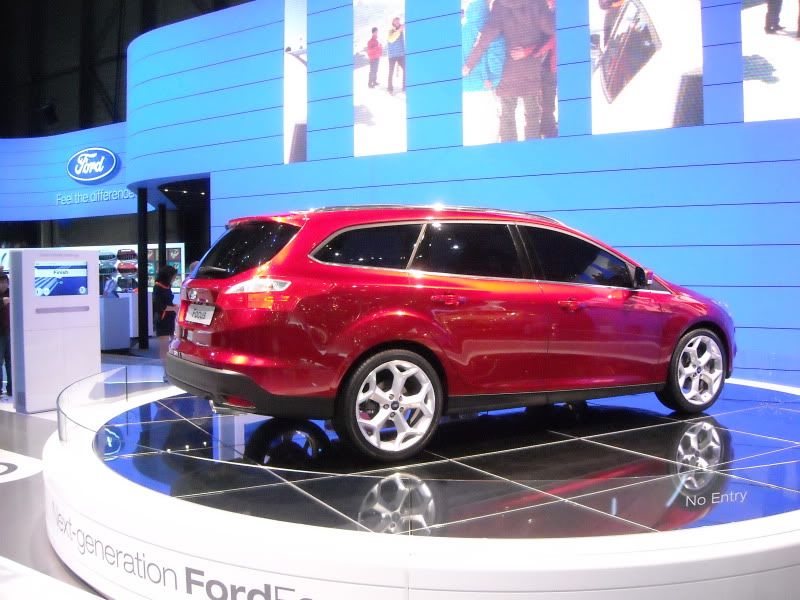
As with the previous generation, the wagon is the good looker of the family.
These seem to have crept under my radar:
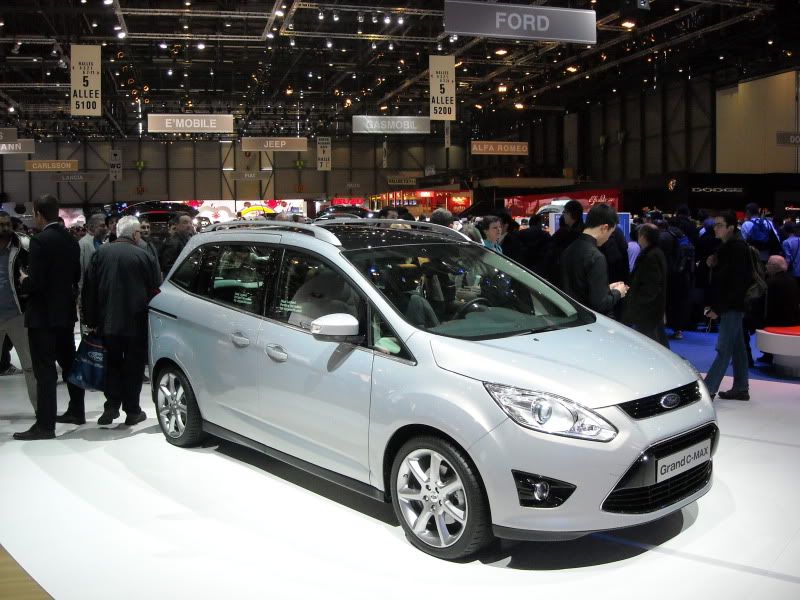
The were not one, but two new C-Maxes, a “grand” seven seater and a shorter five seater, with not a lot in common.
OPEL / CHEVROLET
The new Meriva, was the biggest news, further evidence that the turmoil in the industry has not led to a spate of suicides, but of suicide doors.
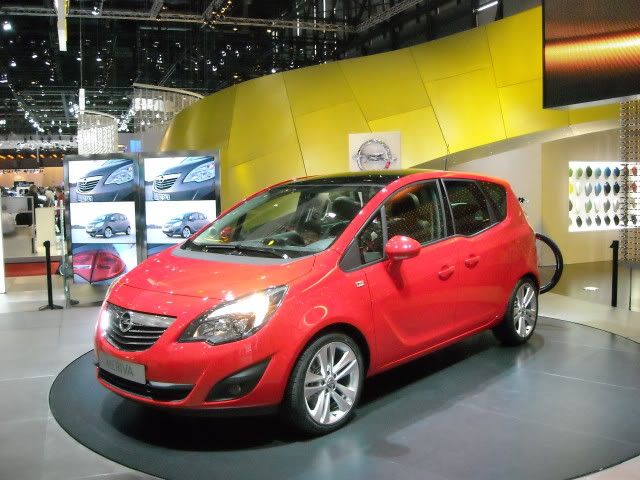
With Opel and Chevrolet’s stands adjacent to each other, there was a good opportunity to compare the US Volt and the European Ampera.
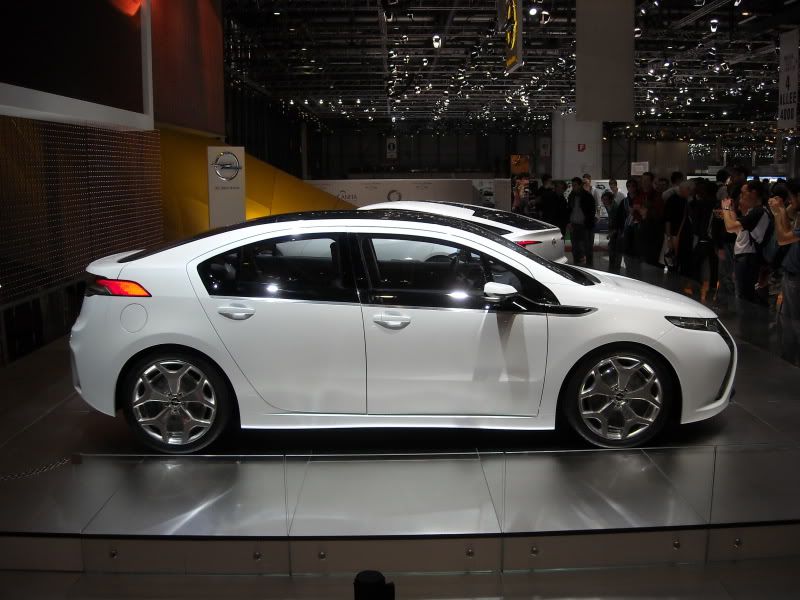

RENAULT
I should of course have paid proper attention to Renault's upcoming all-electric line up, but was sidetracked by not only the Wind…
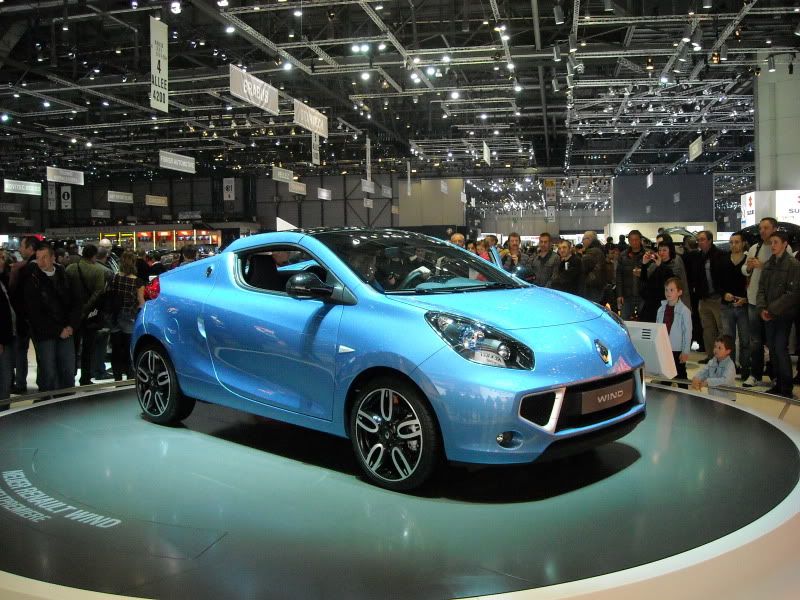
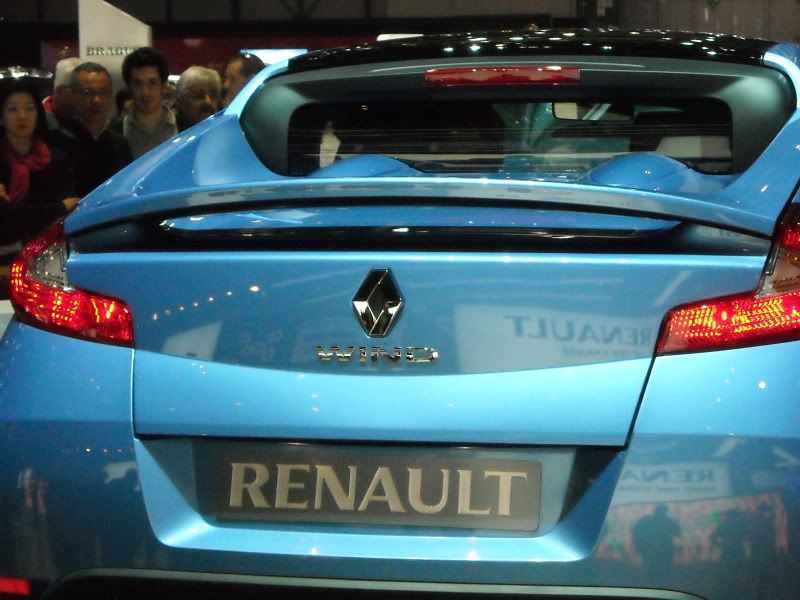
But also the Flatulence, sorry Fluence
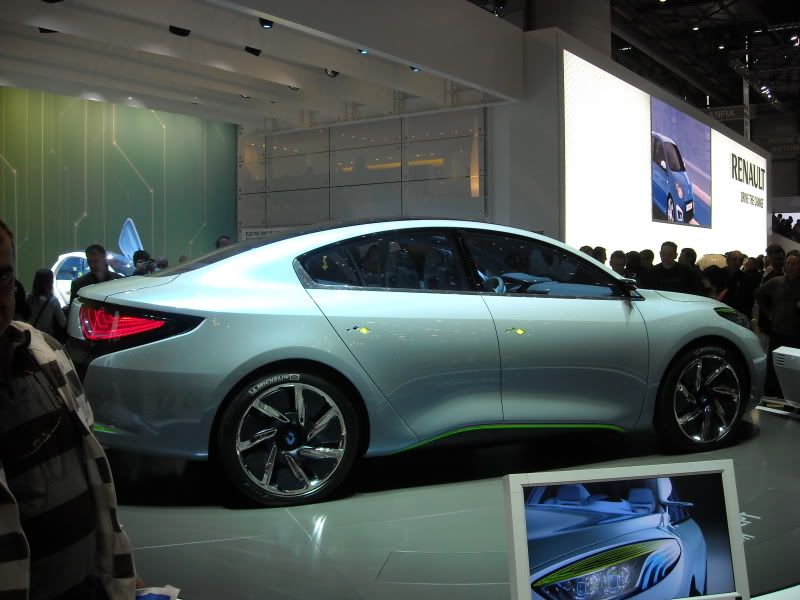
I am reminded of the “Incredibly Rude Frenchman” in Monty Python and the Holy Grail, shouting “I fart in your general directiom”.
HYUNDAI
Hyundai cannot be faulted for trying, perhaps far too hard, to break out of the universal minicab rut in which their larger products are mired.


Under the egregious skin of the i-flow concept was a range of energy efficiency measures – regenerative braking, a heat engine powering ancillary services, and a heat retention system, all based around a resolutely internal combustion only powertrain. It will see production as the i40, replacing the Sonata in around a year’s time, by which time it may look even more like last years vision of the future.
SUZUKI
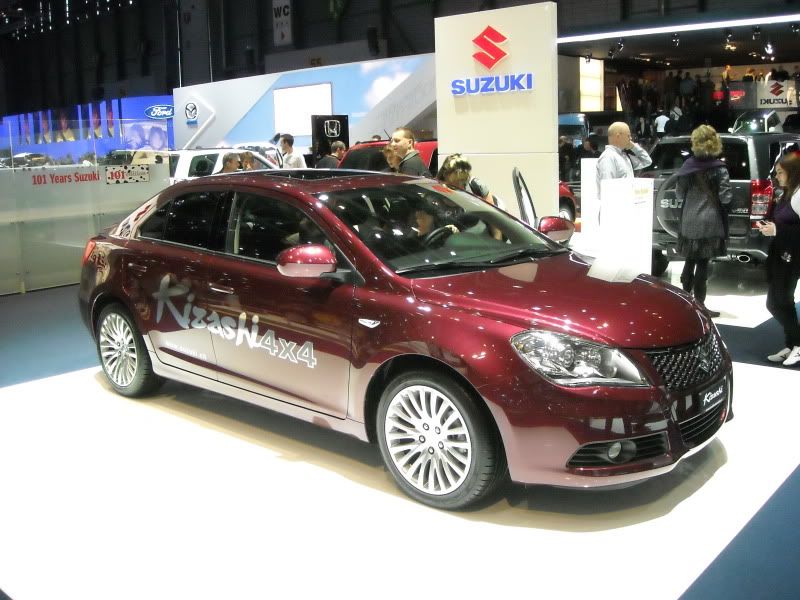
After the Swift, which hit the supermini bullseye, and some convincing low-cost sub-A sector products, Suzuki have returned to their former role of producing the cars which answer the questions nobody asked. Witness the Kizashi, firmly aimed at the open goal that is untested market for Focus-sized 4WD saloons with 2.4 litre petrol engines.
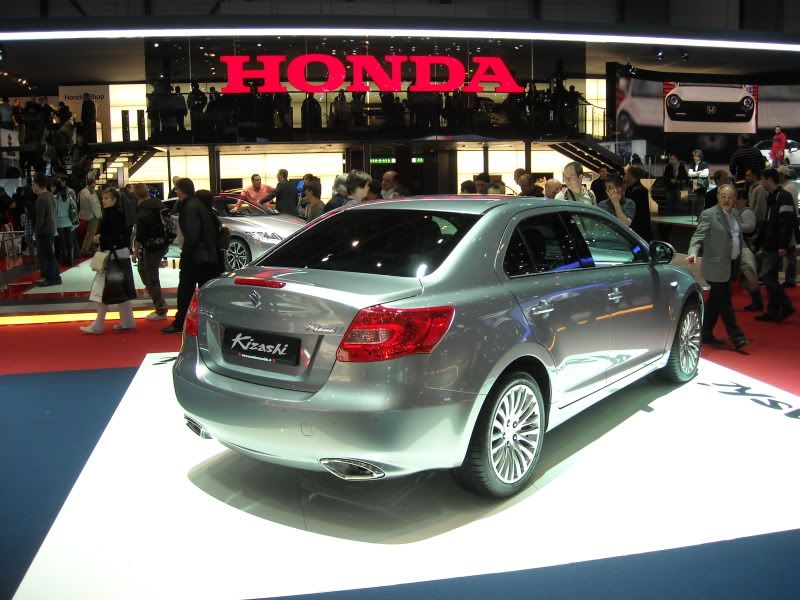
SUBARU
Despite some progressive engineering, and a touching adherence to horizontally opposed engines, Subaru increasingly look to be losing the plot, with the latest products clothed in styling which looks as if it was rejected by Hyundai five years ago. The B9 Tribeca, which wasn’t even shown, is by far their best looking current product.
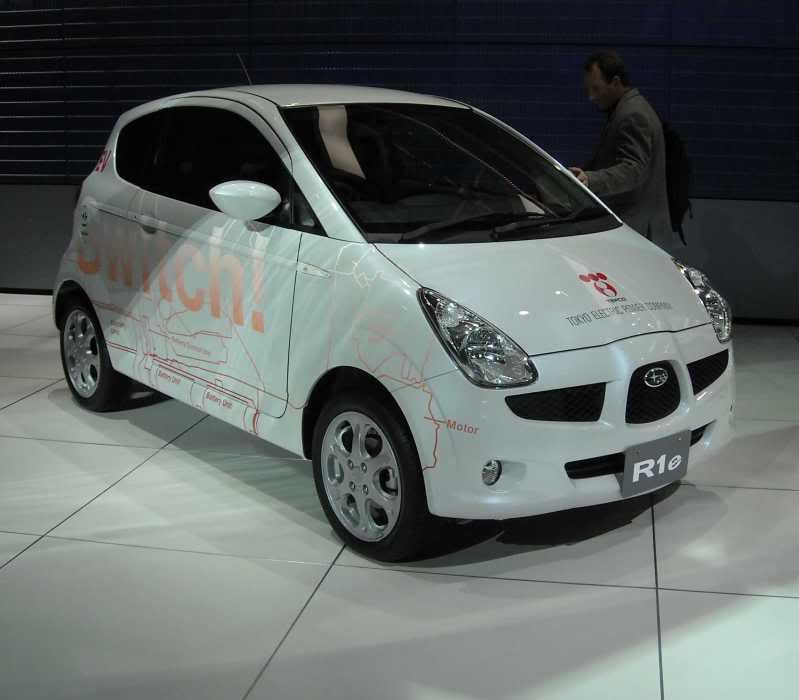
The electric revolution was recognised with this R1e, a rather charming living relic from the toilet seat grille era.
TATA
The Nano and Indica Vista (son of City Rover) were shown in fully electric form.



This year Tata seemed happier to open a bonnet, at least when there wasn’t a proper engine under it…
The three box Indica Manza was also shown, the third box looking as if it was intended for some entirely different car.
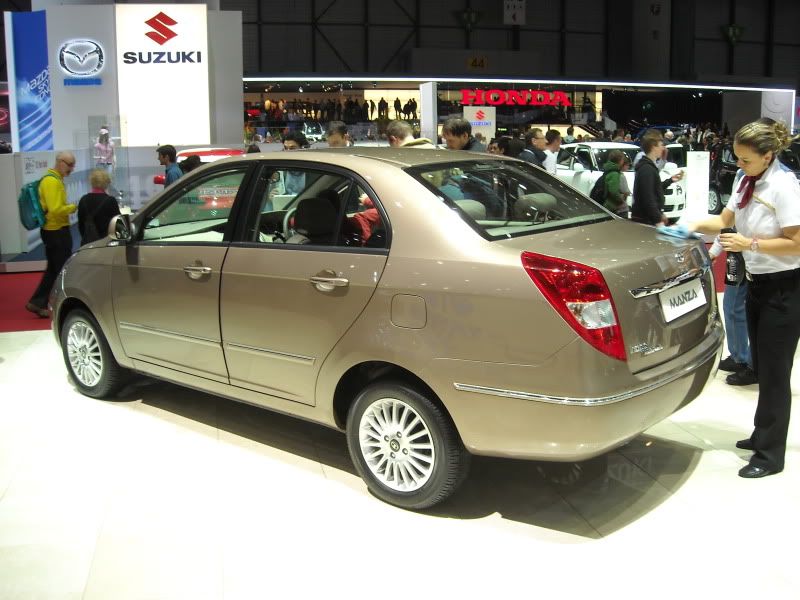
The Aria SUV was shown, but not the very neat Pininfarina styled Prima mid size saloon which looked a deserving recipient for the Rover badge.
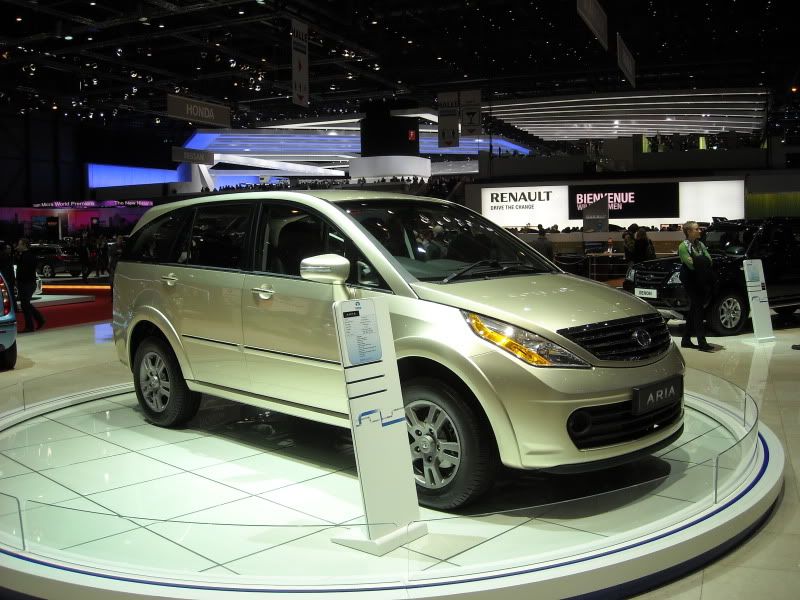
DACIA
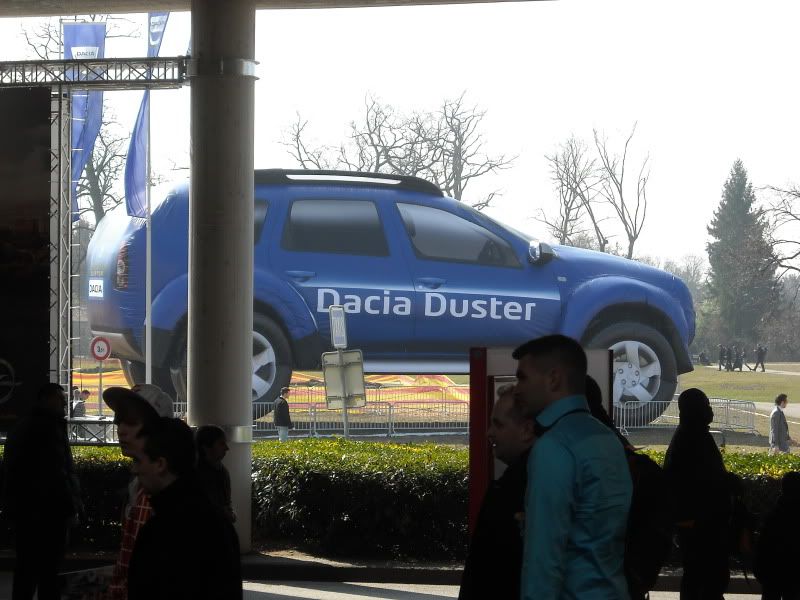
A huge inflatable Duster was anchored outside Palexpo, a far more tasteful novelty than the car sized baseball cap BMW used to demonstrate the MINI Countryman’s “street cred”. (Association with the yarmulke of the socially excluded seems to say it all…)
Last year the Duster name was used for a bizarre sports off roader which looked like a prop from a 1960s Eastern European science fiction film and was utterly at odds with the honest to goodness "value brand" identity being cultivated for Dacia. The production car is totally different, a generously sized and affordable SUV, with a line up of petrol and diesel engines from parent Renault.
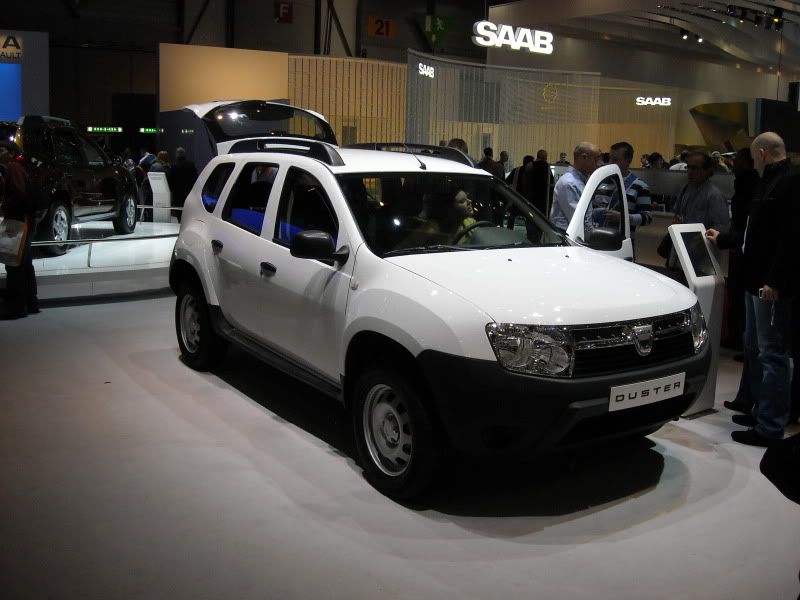
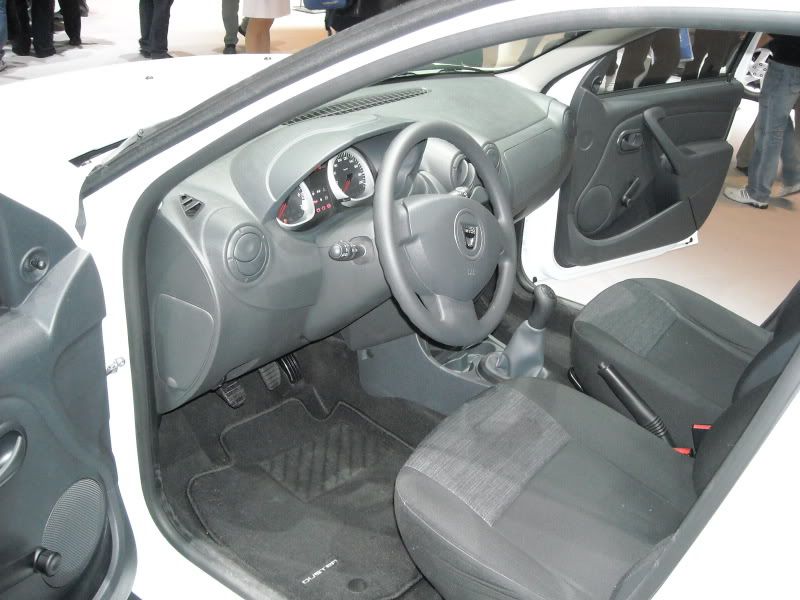
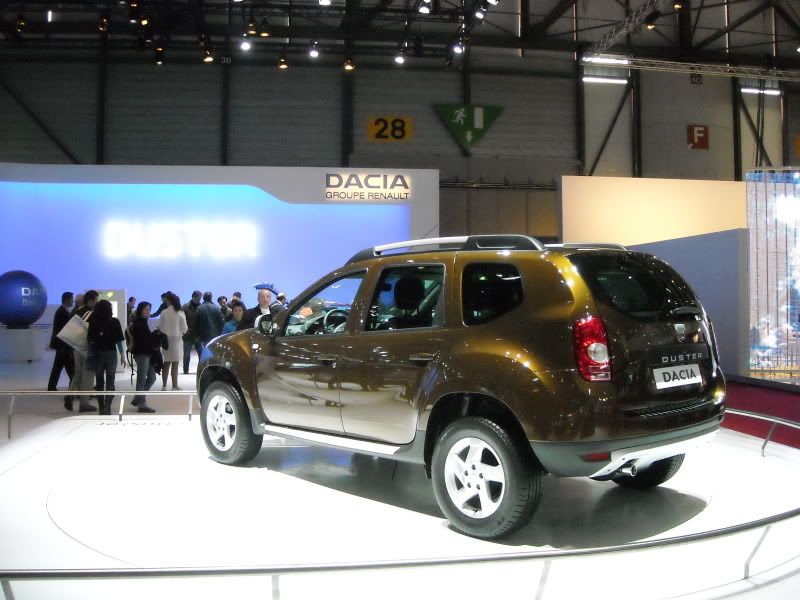
Trim levels go from appealingly utilitarian to incongruously plush, and the Duster could do well in the thinly populated area between the Kangoos, Berlingos and Doblòs, and the much costlier but no more useful soft-roaders like the Kuga, Koleos, and Antara.
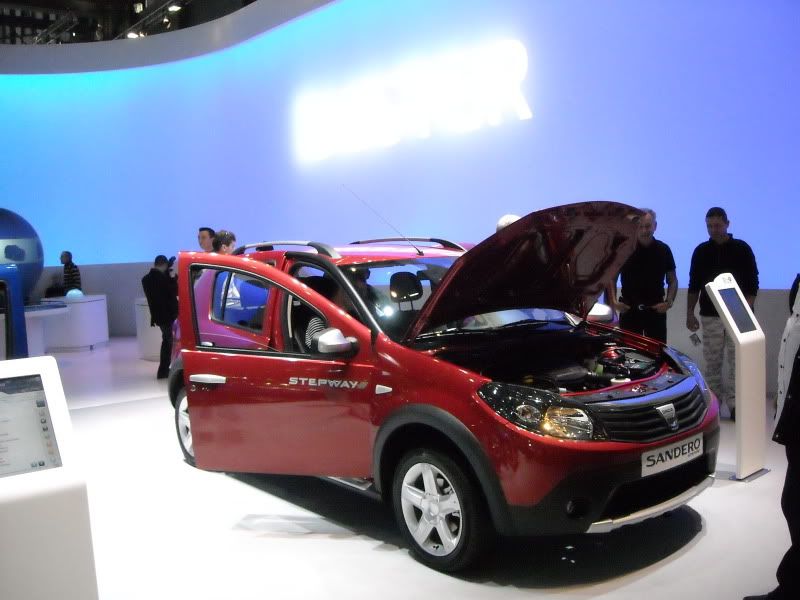
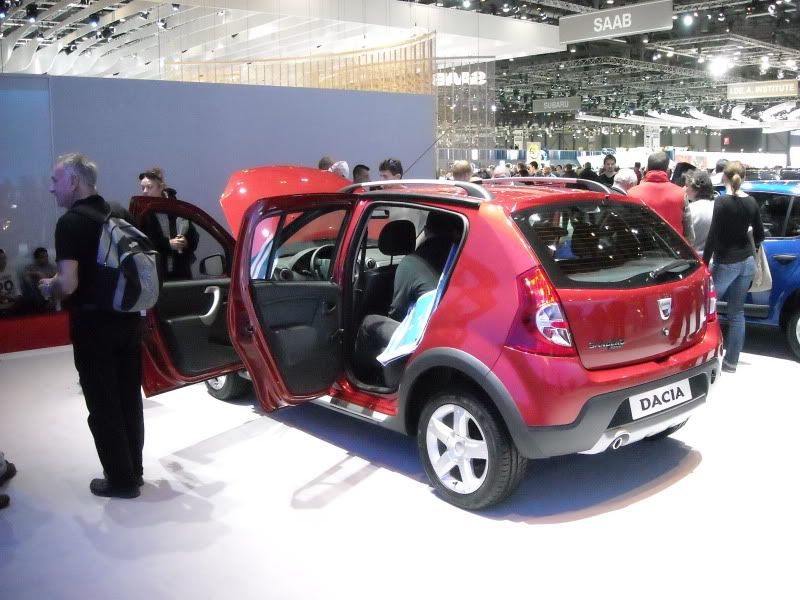
The Duster look like being the first new regime Dacia product to be sold in Britain. Elsewhere on the stand, only one example of the Logan “world car” was on show precedence was given to the five door Sandero , seen here in Stepway trim – their Streetwise. It occurred to me that this could do well sold under the Nissan badge, targeted at those who can’t buy a new Almera any more.
BYD

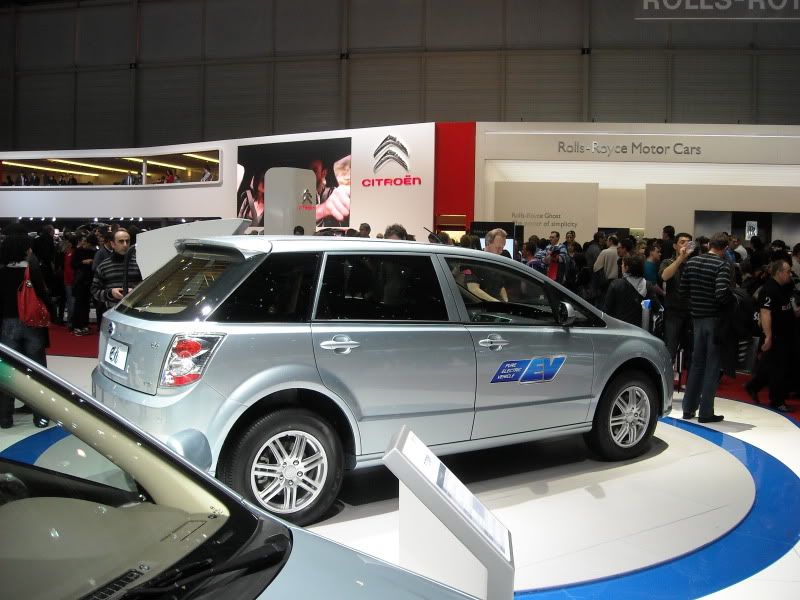
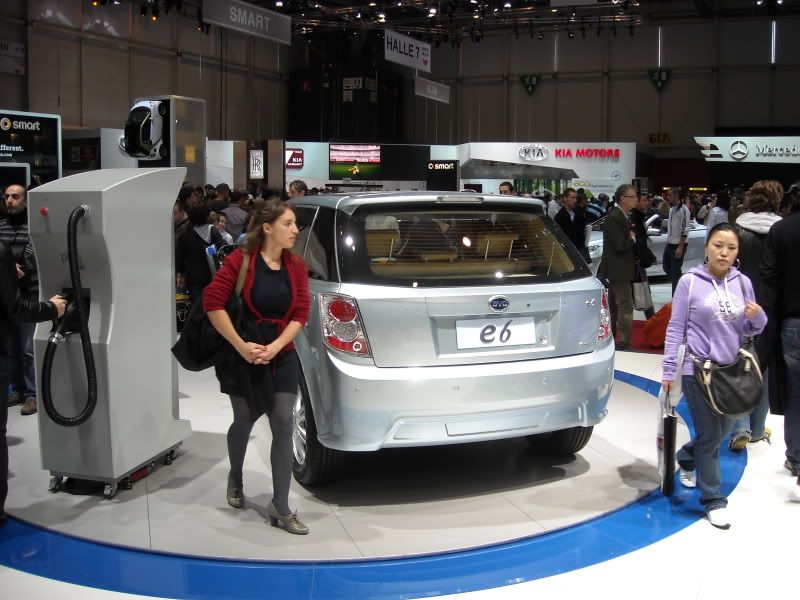
After missing last year, Chinese battery and hybrid specialists were back with their sights set on European sales with the all-electric 4WD e6. The Aygo, Corolla and Camry clones were also on the stand, but not the Daewoo Lacetti facsimile seen in 2008.
DR Motor
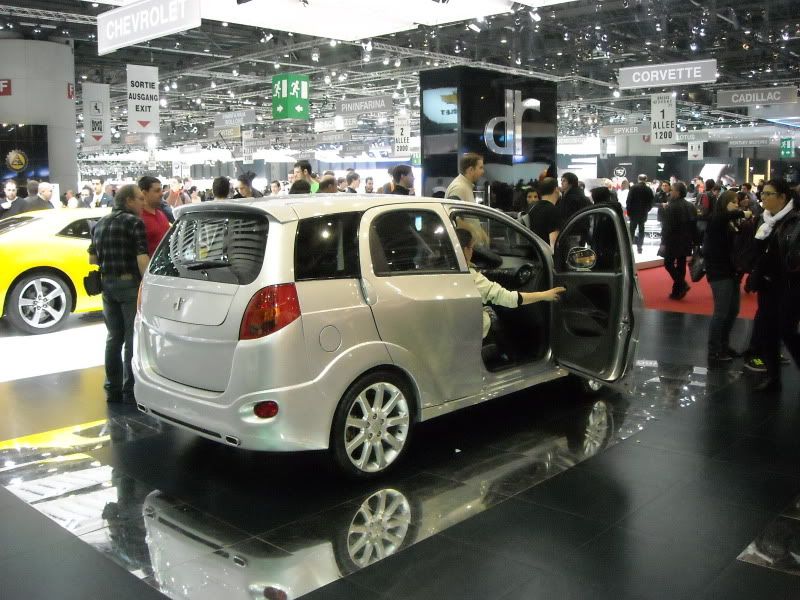
A gloomy, but quite large stand displayed various Chinese Chery products, clones in various levels of shamelessness, imported by DR Motor Company S.p.A, based near Naples.
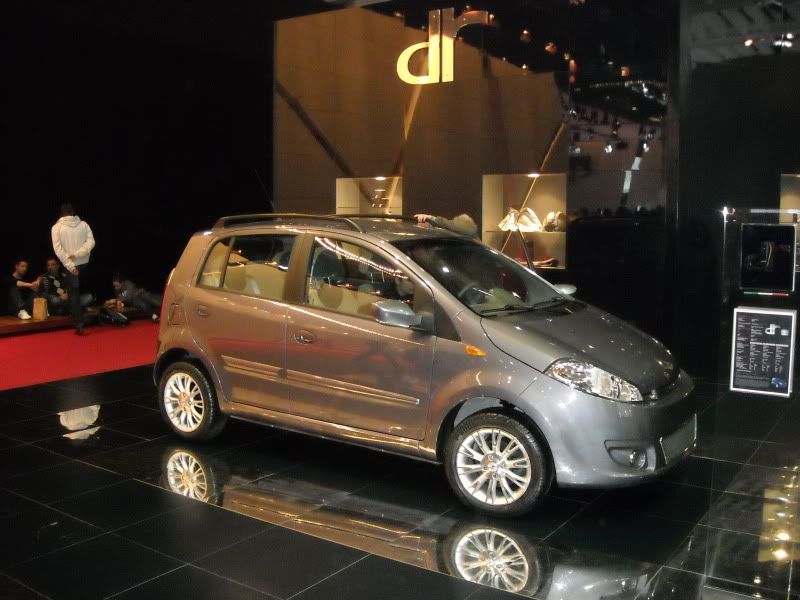

I found myself wondering whether the grim wares on show were part of a fiendish plot to give the European industry a false sense of security about the seriousness of the home-grown Chinese industry’s intentions.
An old name, showing a front engined supercar concept waiting for a maker, and this Bentley Continental based sports estate with Scirocco overtones, but looking far, far better than it ought to.
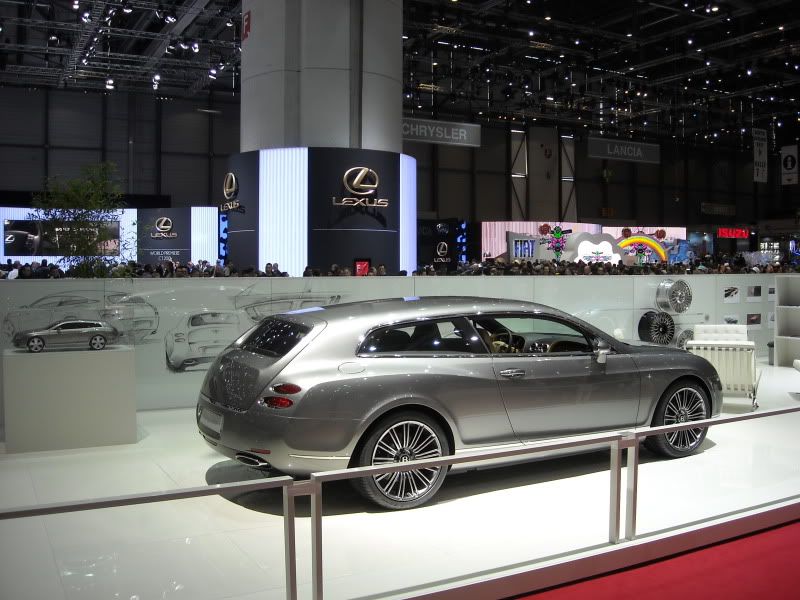
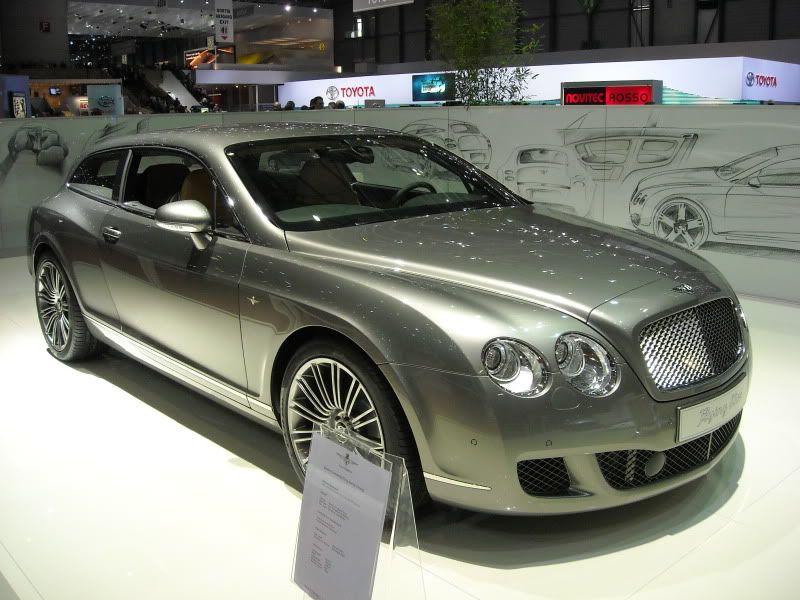
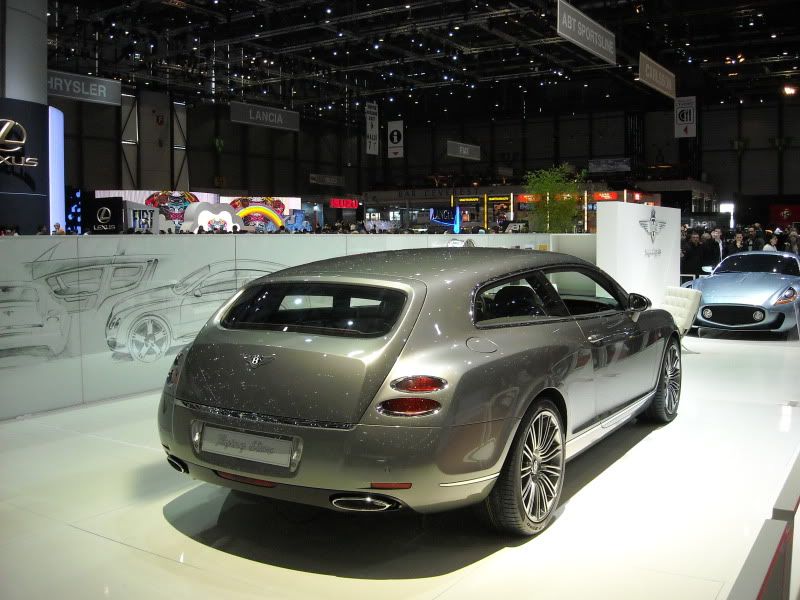
RANTS
Lights
I've seen enough enough Vs and Us. Boomerang shaped light clusters were ever and I’m sick of them. It's high time that the Construction and Use and NCAP dictators insisted that all manufacturers fitted big blocky clusters, with clear, amber and red lenses according to functions, with enough space between them s that they don’t overpower each other. 80s design rules.
AC Cobra
A bit of news that’s passed me by is that the “official” AC Cobra is now built in Germany by Gullwing GmbH of Heyda, to the apparent great delight of still British based AC cars. Traditionalists will be further distressed by the use of a Chevrolet V8, rather than the traditional Ford power and the addition of a gullwing-doored fixed head coupe to the range.





RANTS
Lights
I've seen enough enough Vs and Us. Boomerang shaped light clusters were ever and I’m sick of them. It's high time that the Construction and Use and NCAP dictators insisted that all manufacturers fitted big blocky clusters, with clear, amber and red lenses according to functions, with enough space between them s that they don’t overpower each other. 80s design rules.
AC Cobra
A bit of news that’s passed me by is that the “official” AC Cobra is now built in Germany by Gullwing GmbH of Heyda, to the apparent great delight of still British based AC cars. Traditionalists will be further distressed by the use of a Chevrolet V8, rather than the traditional Ford power and the addition of a gullwing-doored fixed head coupe to the range.


AC, let us not forget, are Britain’s oldest extant car manufacturer, and the insuociance with which we export manufacture of our iconic products is becoming ever harder to take. Can anyone imagine a British company taking on the production of the pre-war BMW 328, making a hardtop version and…
Dammit, maybe not the best comparison!
Citröen Advertising
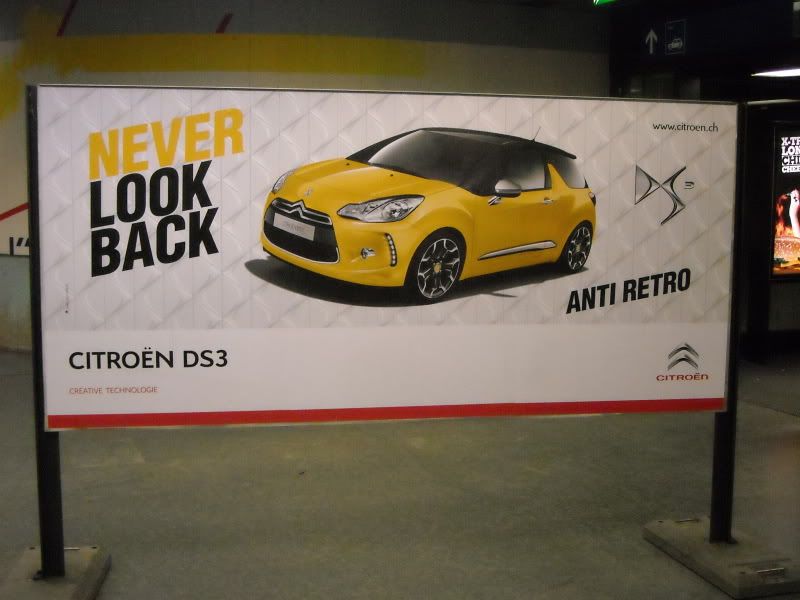
First it was the C5 - Unmistakebly (sic) German, The new Fünf series. Now it's the “anti-retro” DS3. If it's really anti-retro, why the choice of name? There's certainly not much retro about what is essentially a C3 alternative with some too-clever-by-half styling artifice and rather ambitious pricing, but I was reminded that the shark noses which were everywhere are a hommage to Robert Opron's 1967 updating of the real DS, possibly the best facelift of any vehicle ever.
DISAPPOINTMENTS
Nissan Micra and Juke
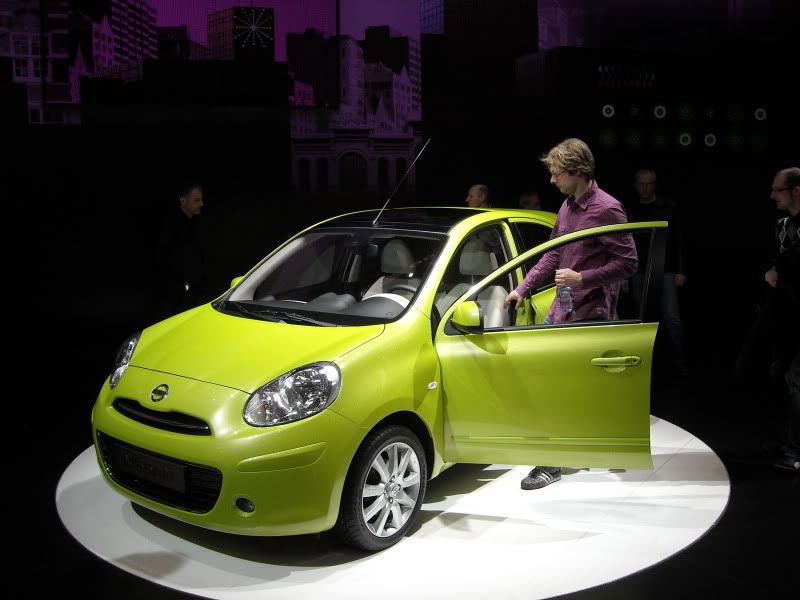
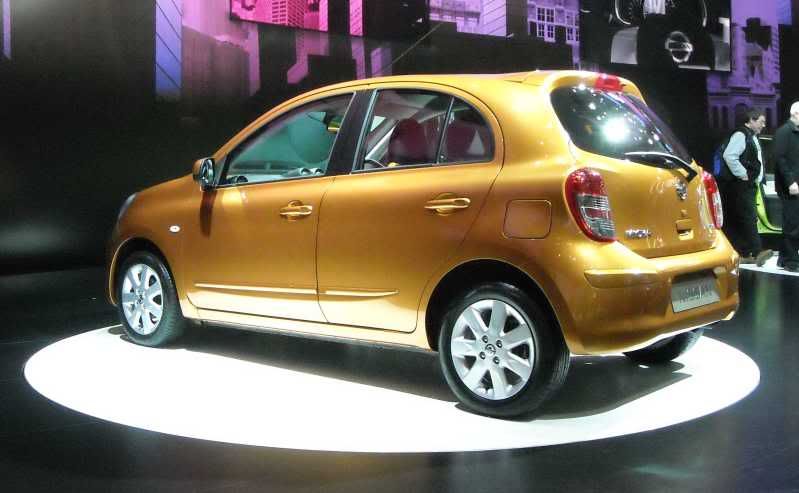
Over a decade before the MINI, Nissan invented the retro supermini with the Pike Factory cars, BE-1, Figaro, and Pao. Some of the character of these limited edition cars permeated through to the cheeky second and third generation Micras. Nothing of the sort is to be found in the new generation. There’s a bit of apologetic watered-down MINI hommage in the frontal treatment, but quirkiness is not wanted for the cars new role, as baseline offering in “developing economy” markets of India and South East Asia.
We’ll get the Micra, but I cant see it selling in big numbers unless Nissan take advantage of its low cost Indian production base to undercut the Polo and Fiesta prices by thousands of pounds. Read the City Rover textbook on how not to do it.

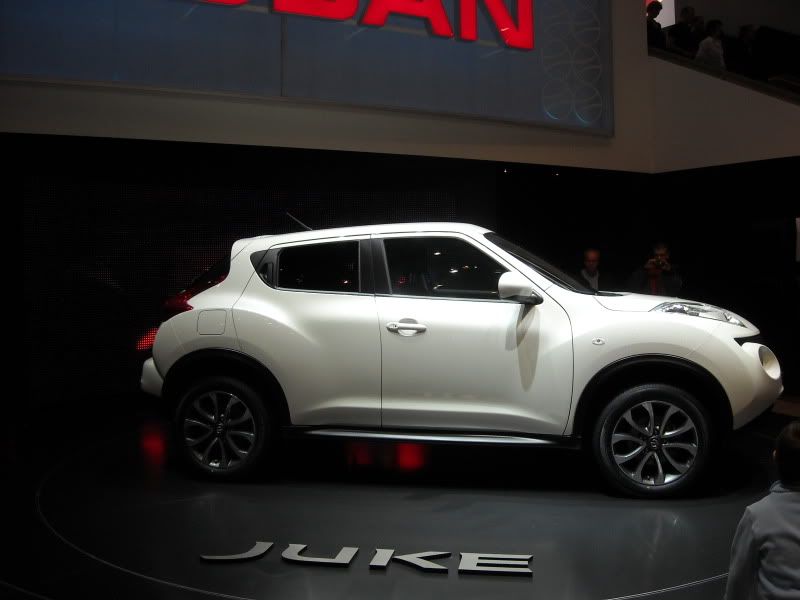
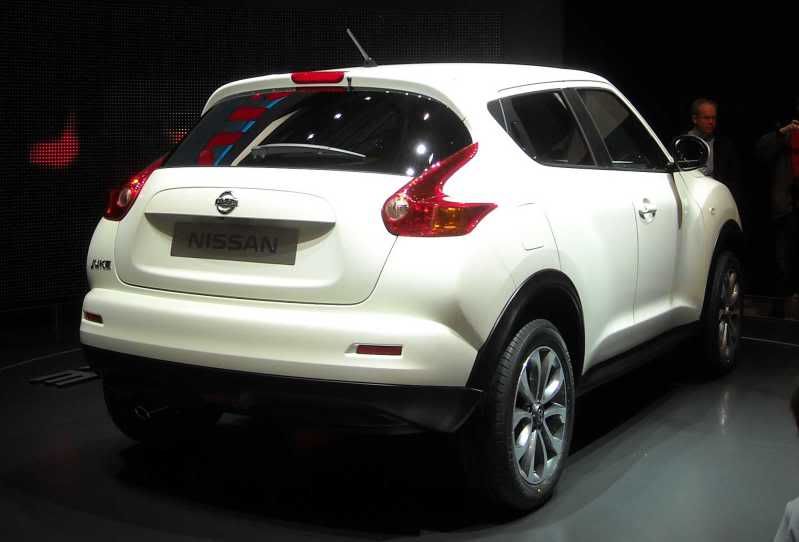
Joke or Puke?
Of course Nissan would rather we all bought the mini-crossover Juke, made at Washington. Much as I regret denigrating anything which keeps the UK manufacturing economy alive, it really is a hideous ill-proportioned gargoyle, possibly even more of a styling low-water mark than the notorious Pontiac (remember them?) Aztek. It is to be hoped that such egregious styling excess will give way to more elegant shapes and detail design before this decade is much older.
Alfa Romeo Giulietta

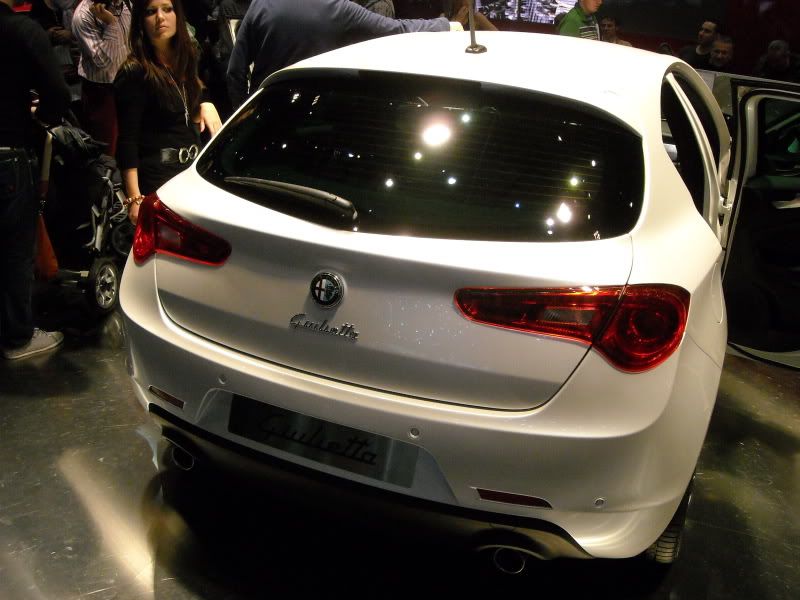
The home supporters were out in force for Fiat Group’s big launch the hastily renamed Guilietta. Another one I couldn’t quite get – styling in the over-familiar Megane / Astra / Mazda 3 et. al. mode combined with a Mito-ish front end and concealed rear door handles does not an Alfa make. Still, despite looking like a Bravo variant, it does have the almost completely new C Evo platform, to be used in widened form by Chrysler.
Audi A1
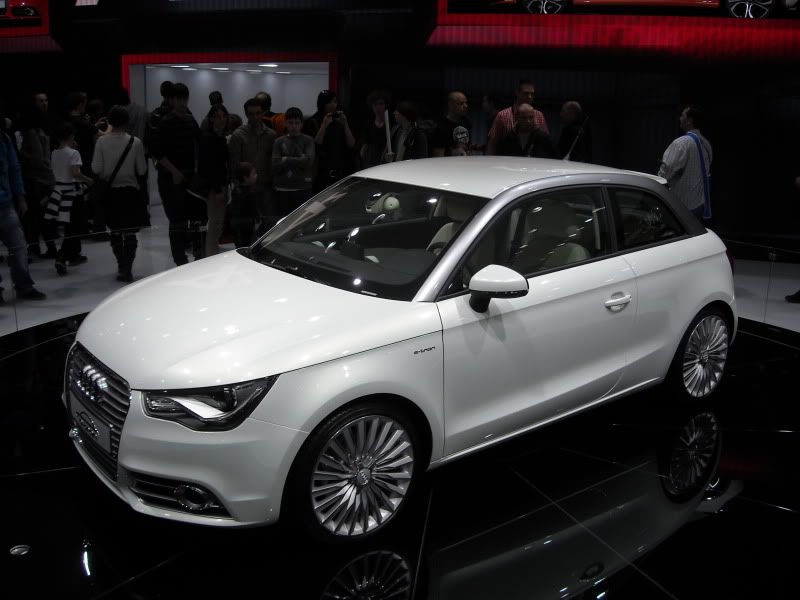
A Polo for badge snobs. The Germans are far too serious to do a quirky retro supermini, unless it’s penned by an American with uncomprehending reference to the meisterstuck of a long-dead half Greek half German born in a Greek enclave in Turkey. Strange then that the toy Audi is made in Belgium, the epicentre of European surrealism. I look in vain for any DKW or NSU Prinz references, but can humbly report that underneath the back end is unembellished torsion beam rear axle scarcely different from that of the first generation VW Polo neé Audi 50, first seen in 1974.
And can it be right for a small car to have such an angry face?
DESOLATION ALLEY
Fiat Doblò
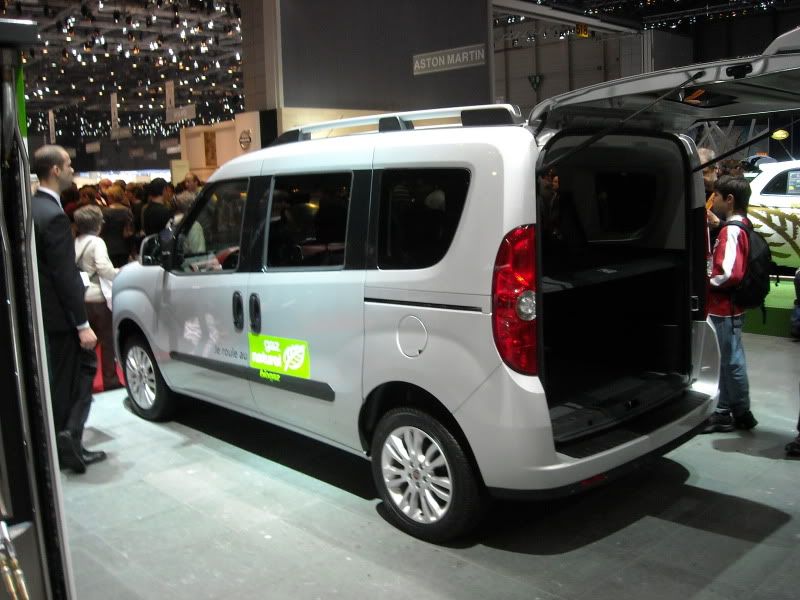
Desolation Alley is usually the preserve of lower league carrozzerie, but the new Doblò, surely richly earns its place. Just how hard is it to make a box on wheels so ugly?
DESOLATION ALLEY
Fiat Doblò

Desolation Alley is usually the preserve of lower league carrozzerie, but the new Doblò, surely richly earns its place. Just how hard is it to make a box on wheels so ugly?
Valmet? Vomit, more like
Valmet showed this ill-proportioned piece of all-electric awfulness, the EVA.
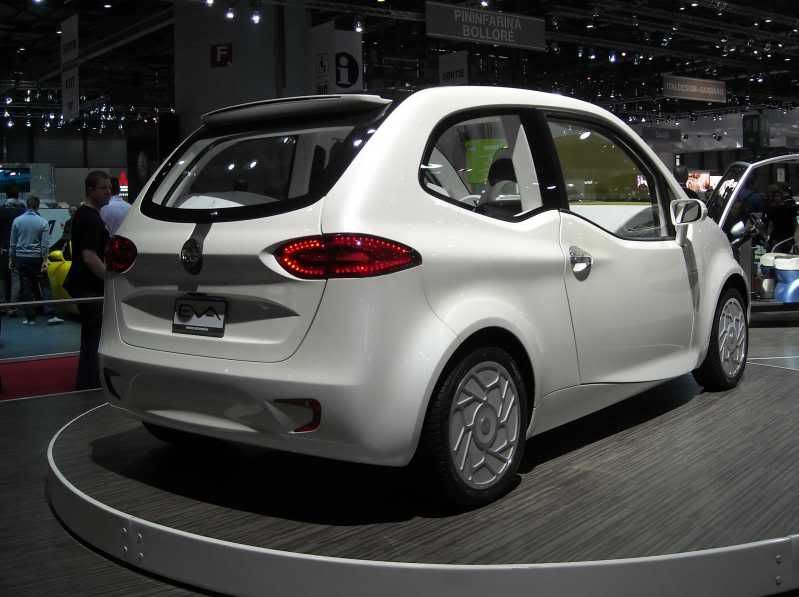
PLAIN BAD TASTE
Bufori, had a sizeable stand, showing what happens when Australians and Malaysians who should know better get together:
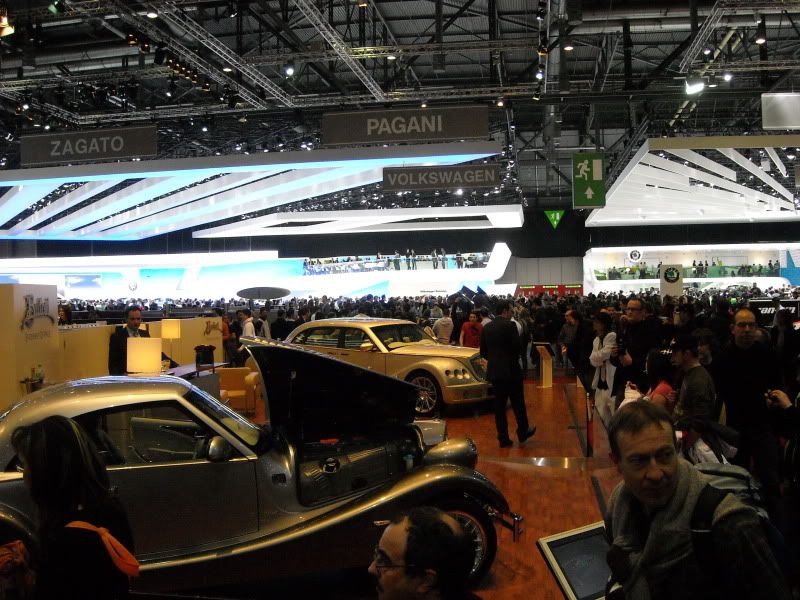

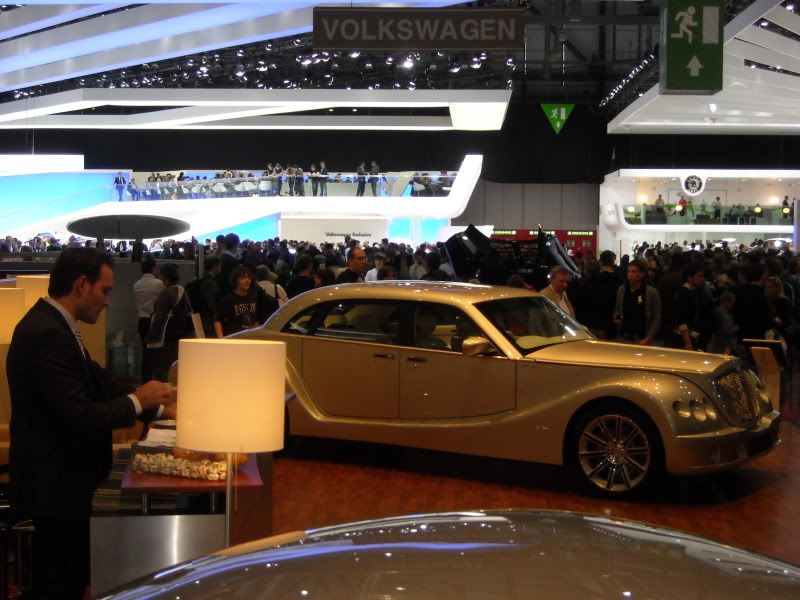
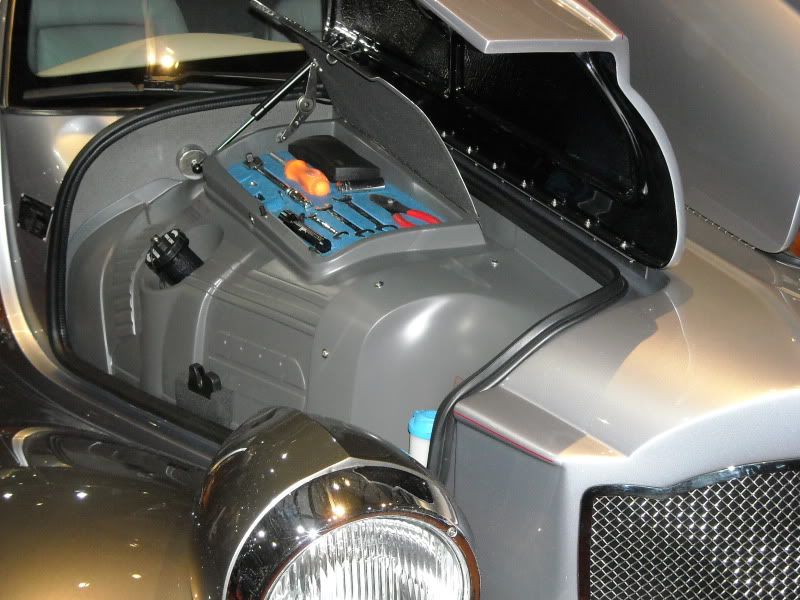
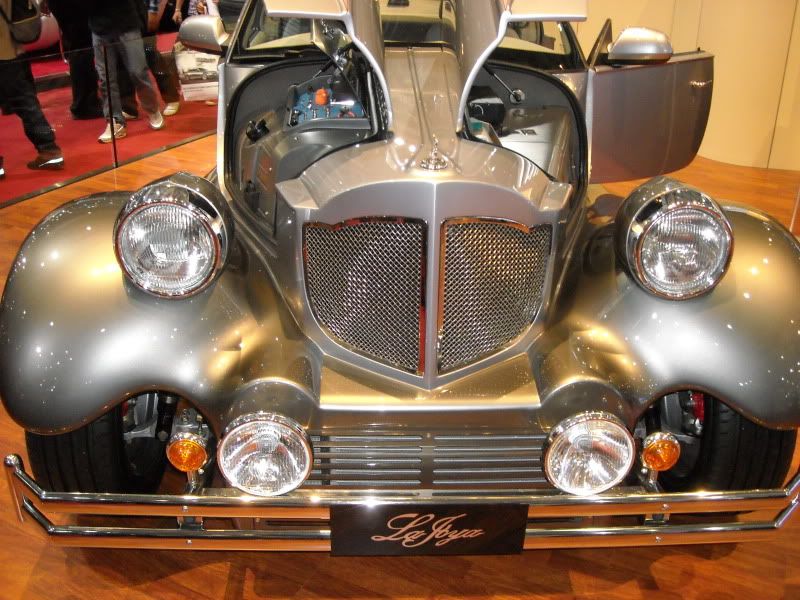
Failed ubermarque Maybach were represented by this lone landaulet.
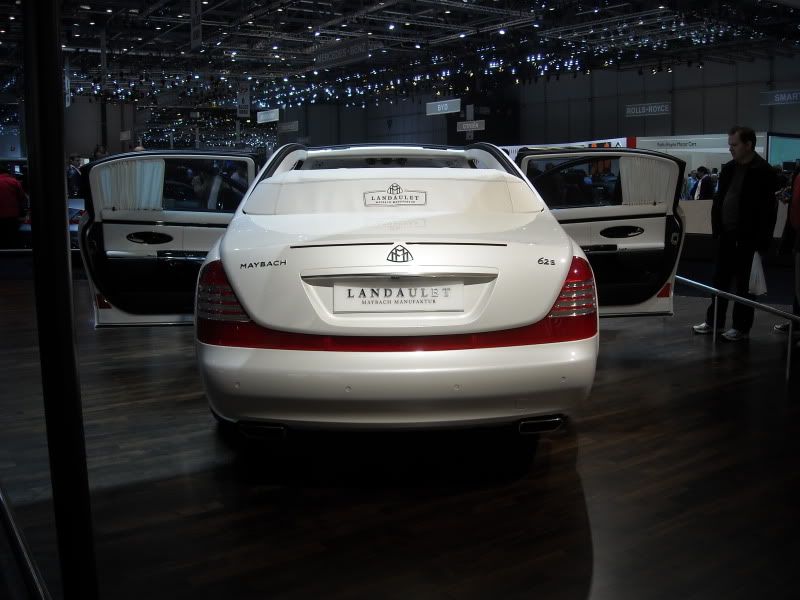

When are Daimler going to realise that we’ll never see Idi Amin’s like again, and quietly bring an end to this whole sorry caper?
Mansory, purveyors of automobiles a la goût Arabe had this ‘personalised’ Ghost to complement the carbon fibre bodied G Class, Aston Martin, and 911.

Even Bentley had no reason for smugness…
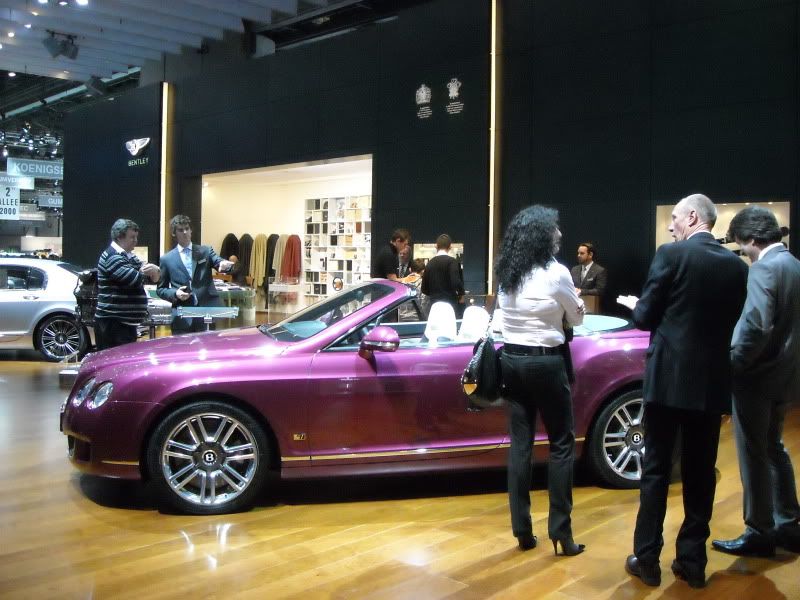
If you want to know how the Lord regardest money, you only have to look at those to whom he gives it…
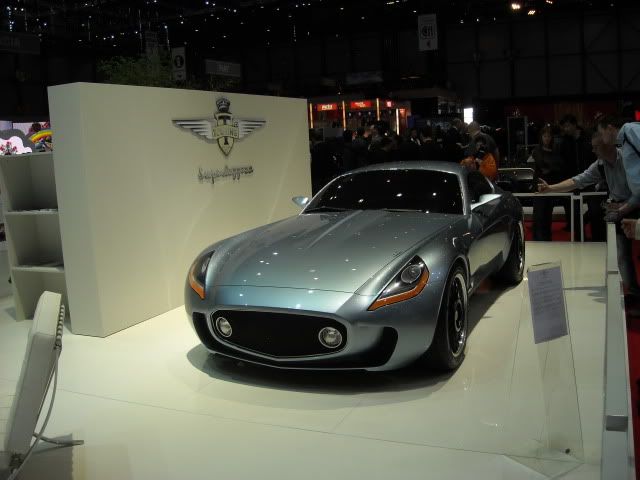
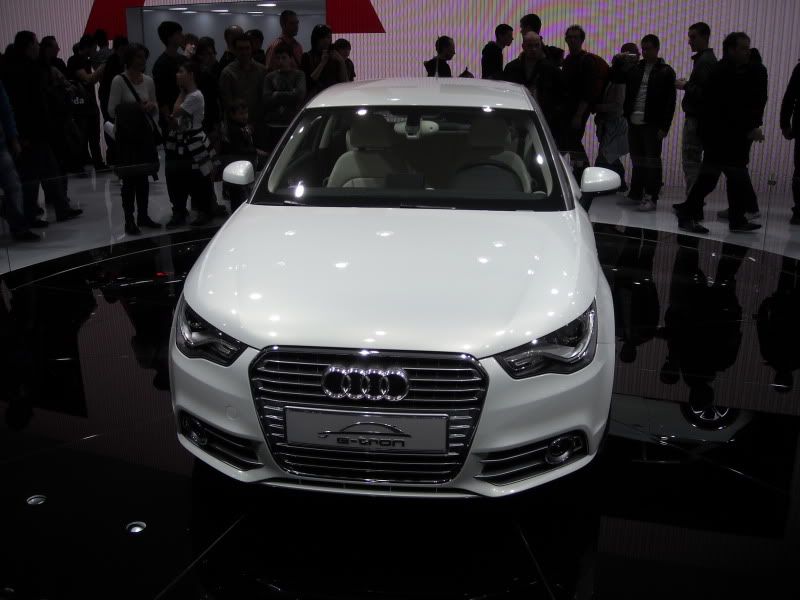
No comments:
Post a Comment